Winter, black ravens and ancient magma. Starting photography in Iceland
When the pandemic started in 2020, we all had to go through changes, either we wanted to or not. Changes in our lives and the world around us. For some people, it was an opportunity to reflect on where we are heading going forward. One way to find new perspectives is to welcome the novelty of something new and what comes with it.
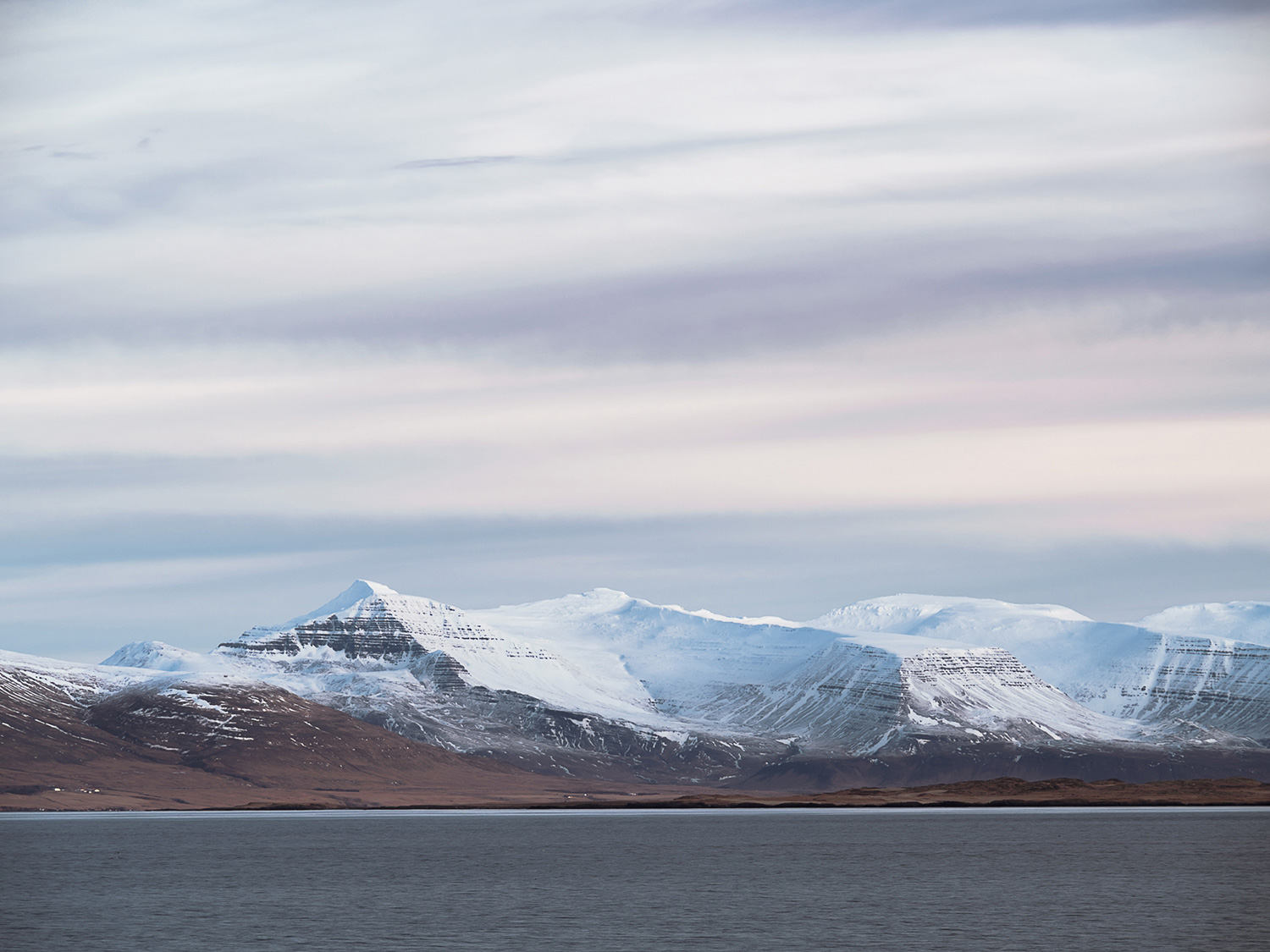
For me, it was a journey through photography, which began halfway through the pandemic. It came to me as a surprise that after living in Iceland for so many years, where the landscape is a constant inspiration to take pictures, I’ve never approached the art of photography ever before. For someone like me who grew up in a Mediterranean country like Italy, the land of Iceland will always have the enchanting fascination of nordic nature, no matter for how many years I lived there.
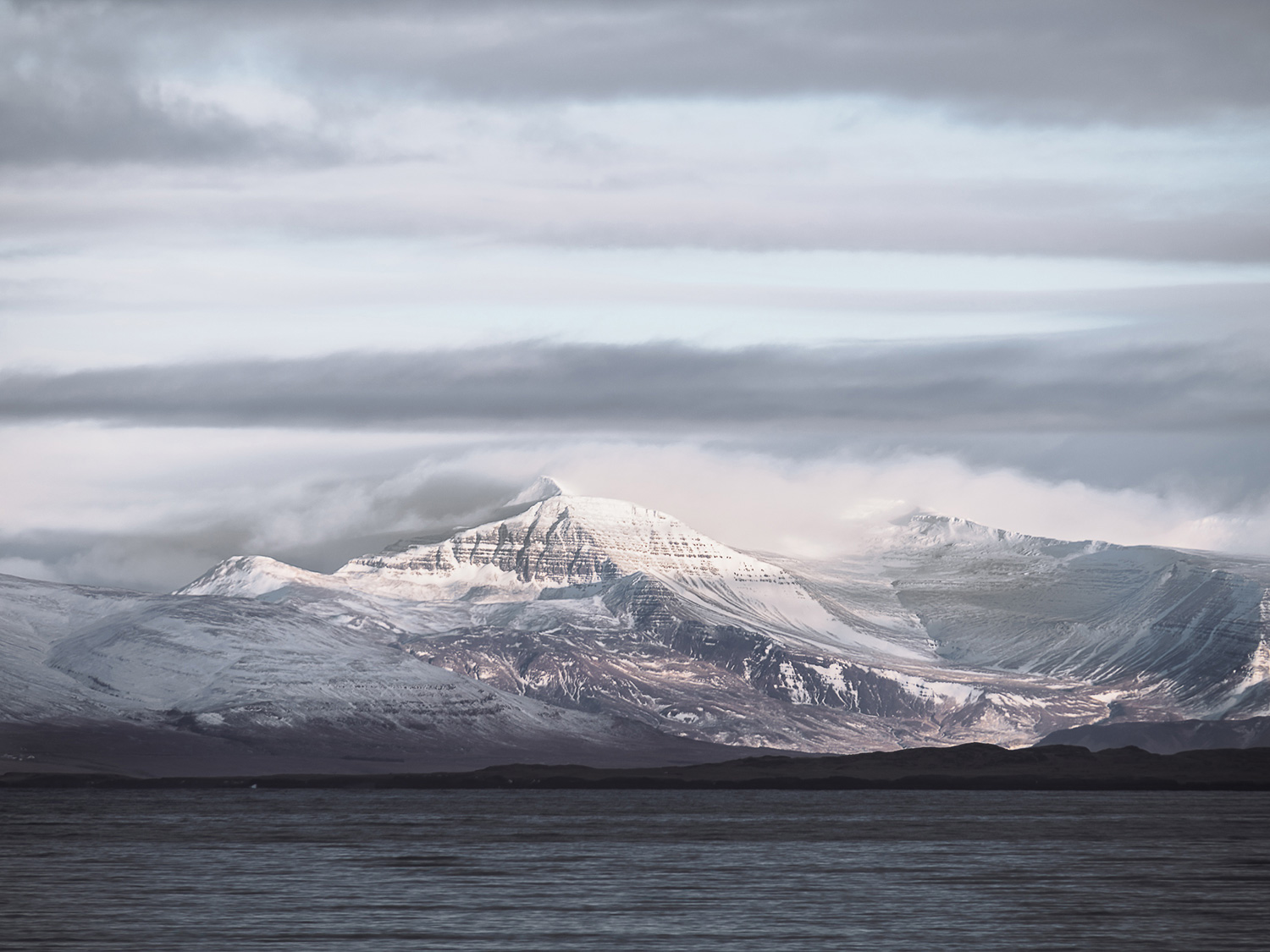
I was certainly compelled to frame what I had the fortune to see every day. However, I refrained from stepping into photography earlier on because I didn’t like the idea of having to carry around a big and bulky camera. I didn’t want to babysit a fragile piece of electronic as I was venturing to remote locations.
Somehow it didn’t match my idea of adventure and how I imagined photography should be. But I liked the idea to try. I saw photography as a way to nurture my creativity in times of uncertainty and to reclaim attention to the here and now, to spend time outdoor and celebrate the everyday gift of colors and lights.
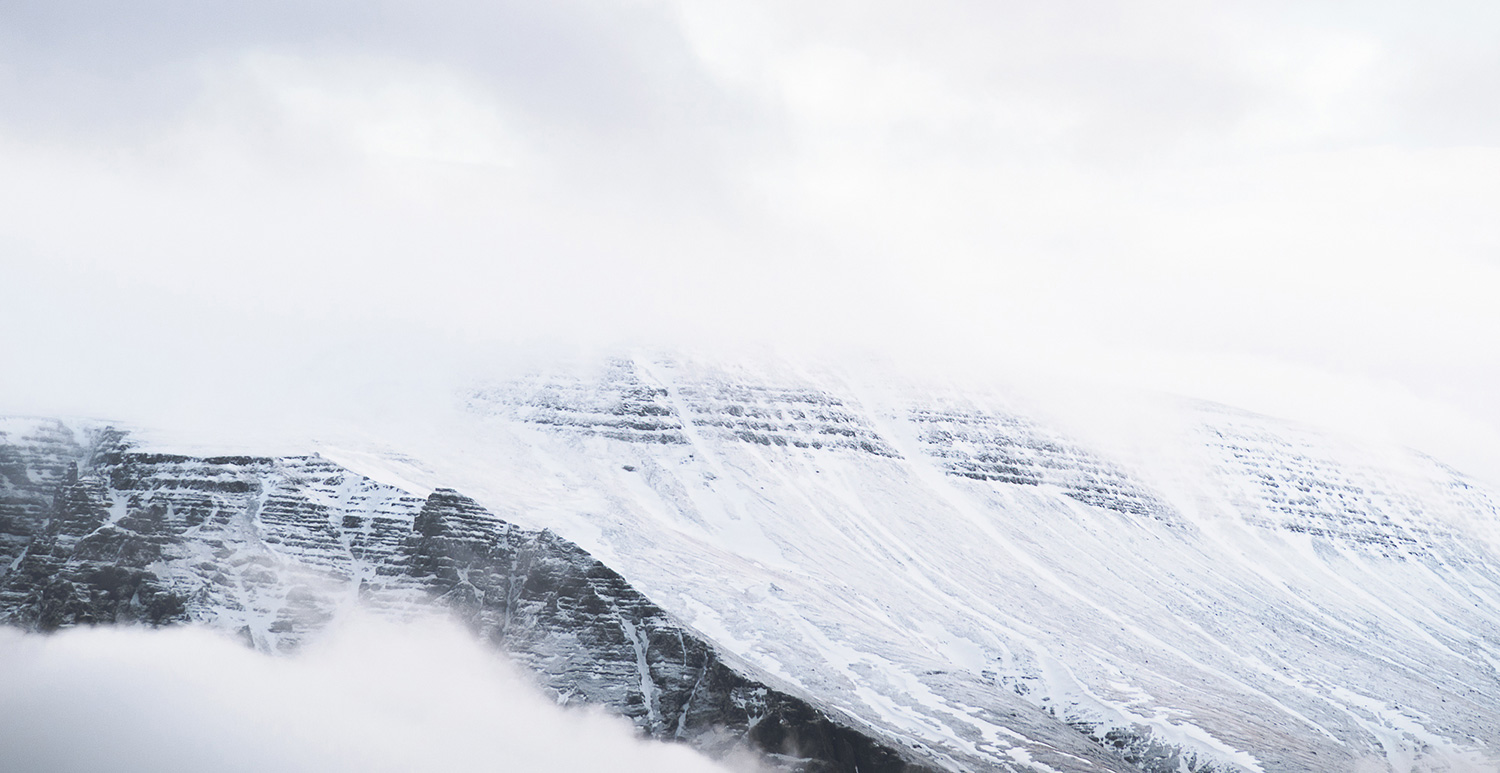
As the end of the year was approaching, I decided to work on a photography concept about the Icelandic winter and its wildlife. Winter is a unique time in Iceland from which people tend to shelter away from, and not to experience fully. It is dark for the most part of the day, the winds are strong and stormy, and frost rules over the lands. It’s harsh.
However, I saw in it a beauty of purity and vigor that I was keen to express, but only after I had spent more time outdoors during the cold days of winter, in direct exposure to the elements. I wanted the season to leave a mark. In the attempt to capture winter in its entirety, I thought to emphasize the animals, because the winter has a dimension of harshness and hope that is better captured by how the animals master their environment for survival.
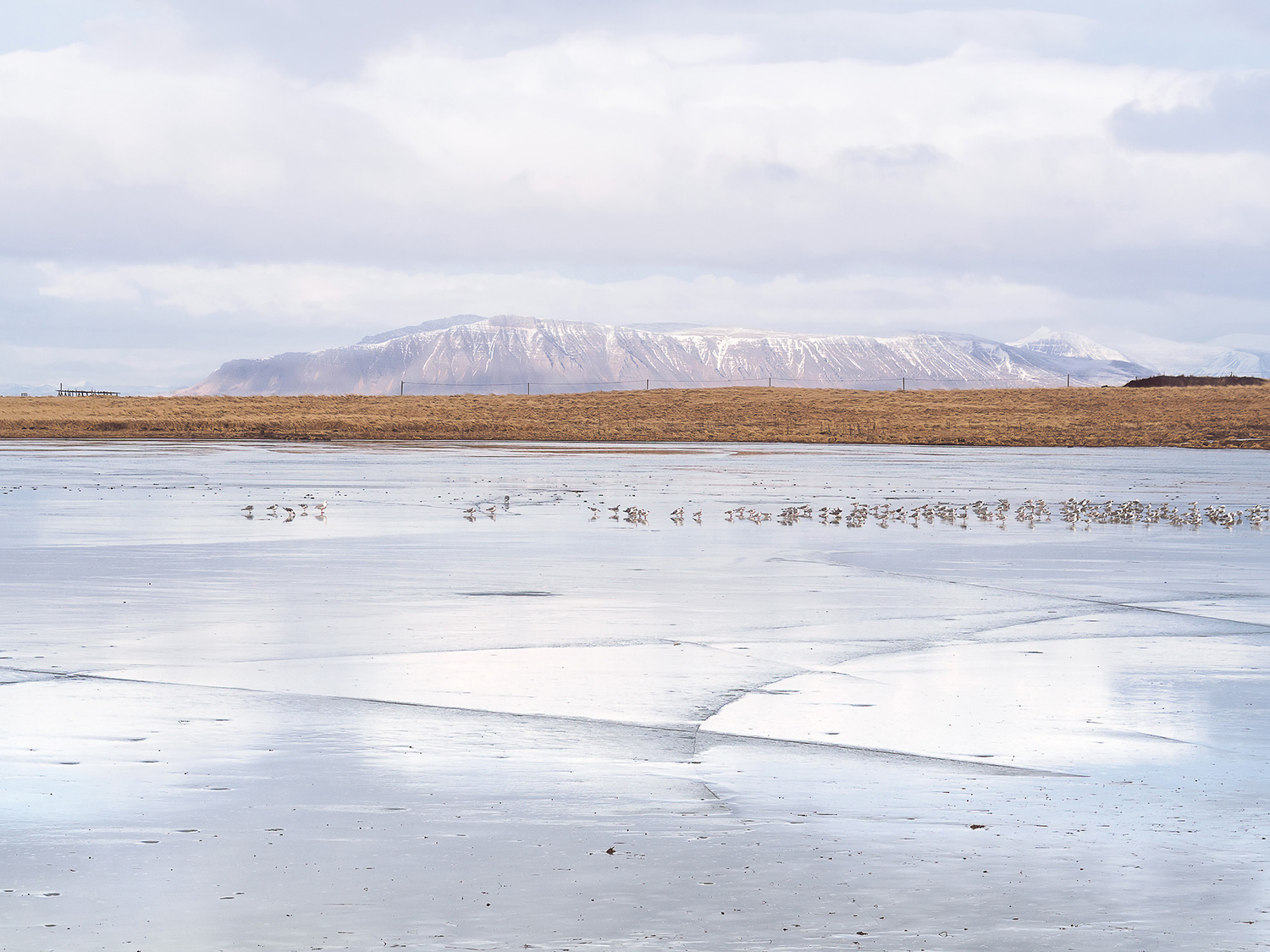
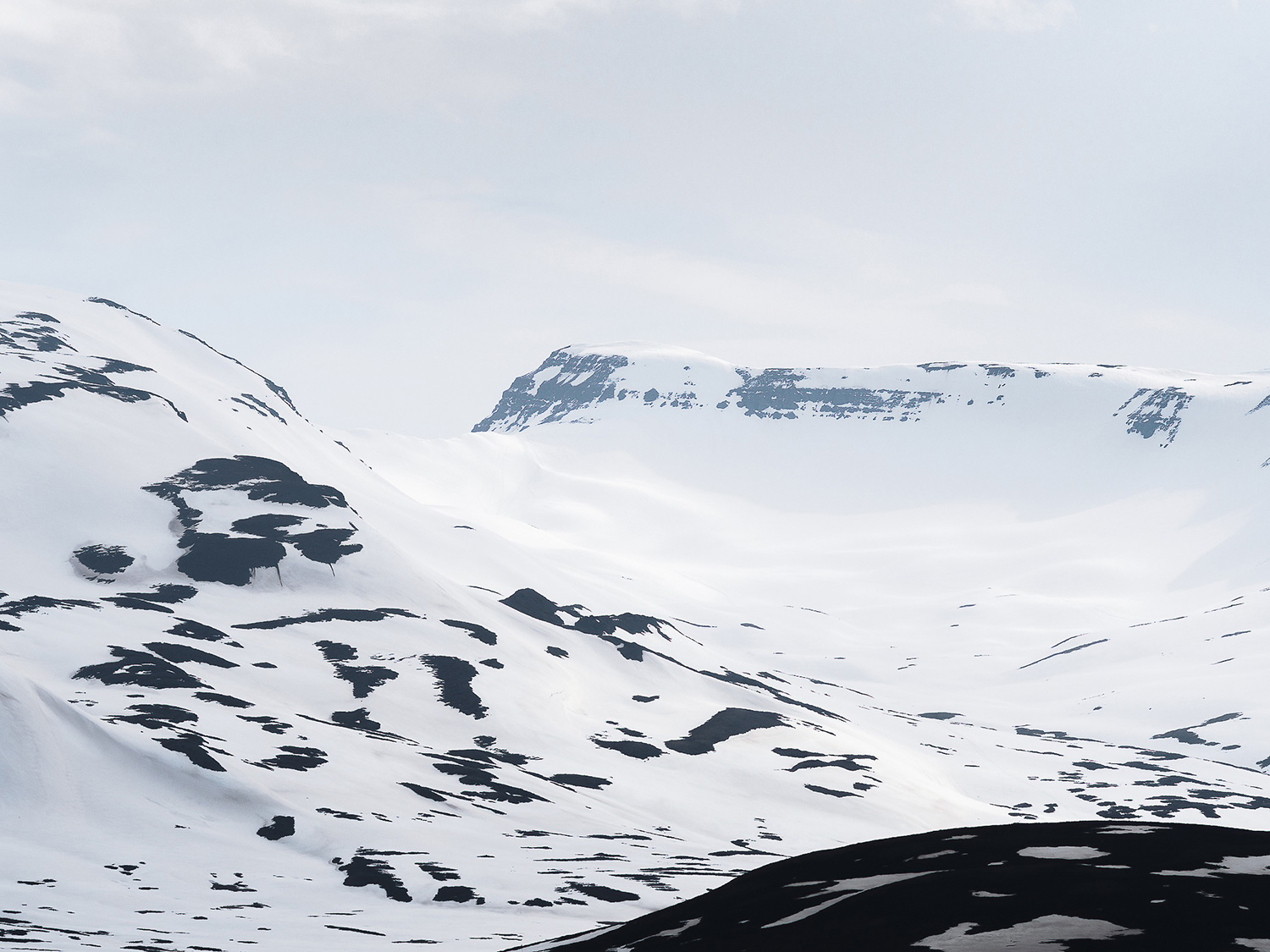
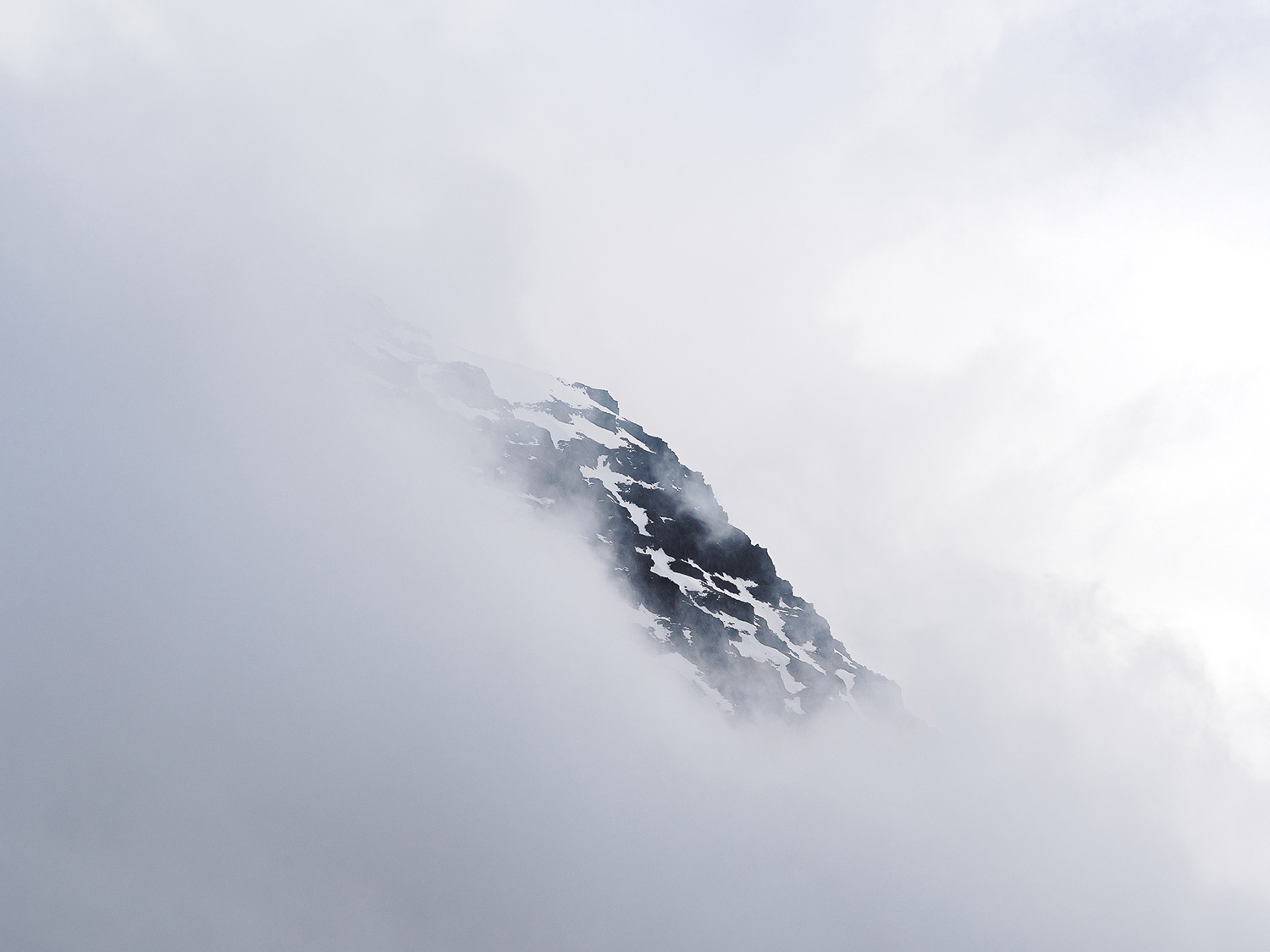
RIGHT: Olympus E-M5 MK II . Olympus M.Zuiko 40-150mmF2.8 @150mm . F/8 . 1/320” . ISO 200
I wanted to portrait animals as ancient archetypes of conduct, perhaps the most genuine form of role models in a time of countless influencers and the general state of collective confusion induced by the pandemic. I thought that if life had any language, then animals were like books to me; a form of compass to recalibrate our thoughts coming out of the pandemic. An event that has been a worldwide health emergency but also a spotlight to some hidden fragilities of the modern world we made for ourselves, and perhaps our priorities and values deep inside.
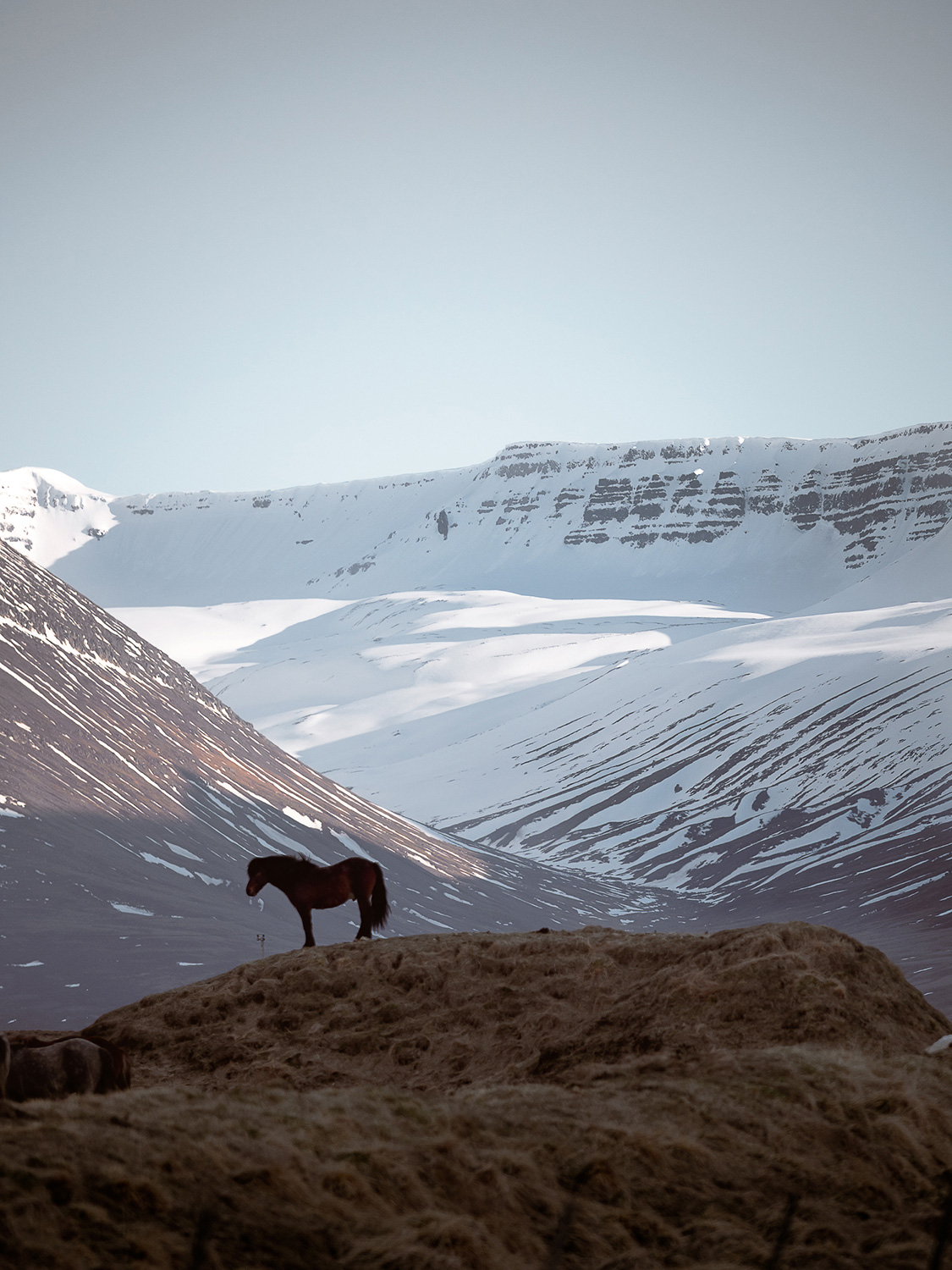
I approached photography with these ideas in mind, but I didn’t know what I was doing or what I needed. I started from scratch. All the photos in this article were taken after about four months into photography. I learned as I was going. Since I wanted to capture the Icelandic winter, I was looking for a camera that could withstand harsh weather conditions.
I thought of resistance to the elements which, for a digital camera, I imagined as a form of compatibility to nature. Portability was also a big factor to me, together with color fidelity and resolving power. I didn’t believe I could tick all the boxes for a reasonable budget, but I kept looking. Eventually, after some searching through a labyrinth of stats and technical comparisons, I discovered the Olympus camera system, which seemed to be designed around me and how I imagined photography should be.
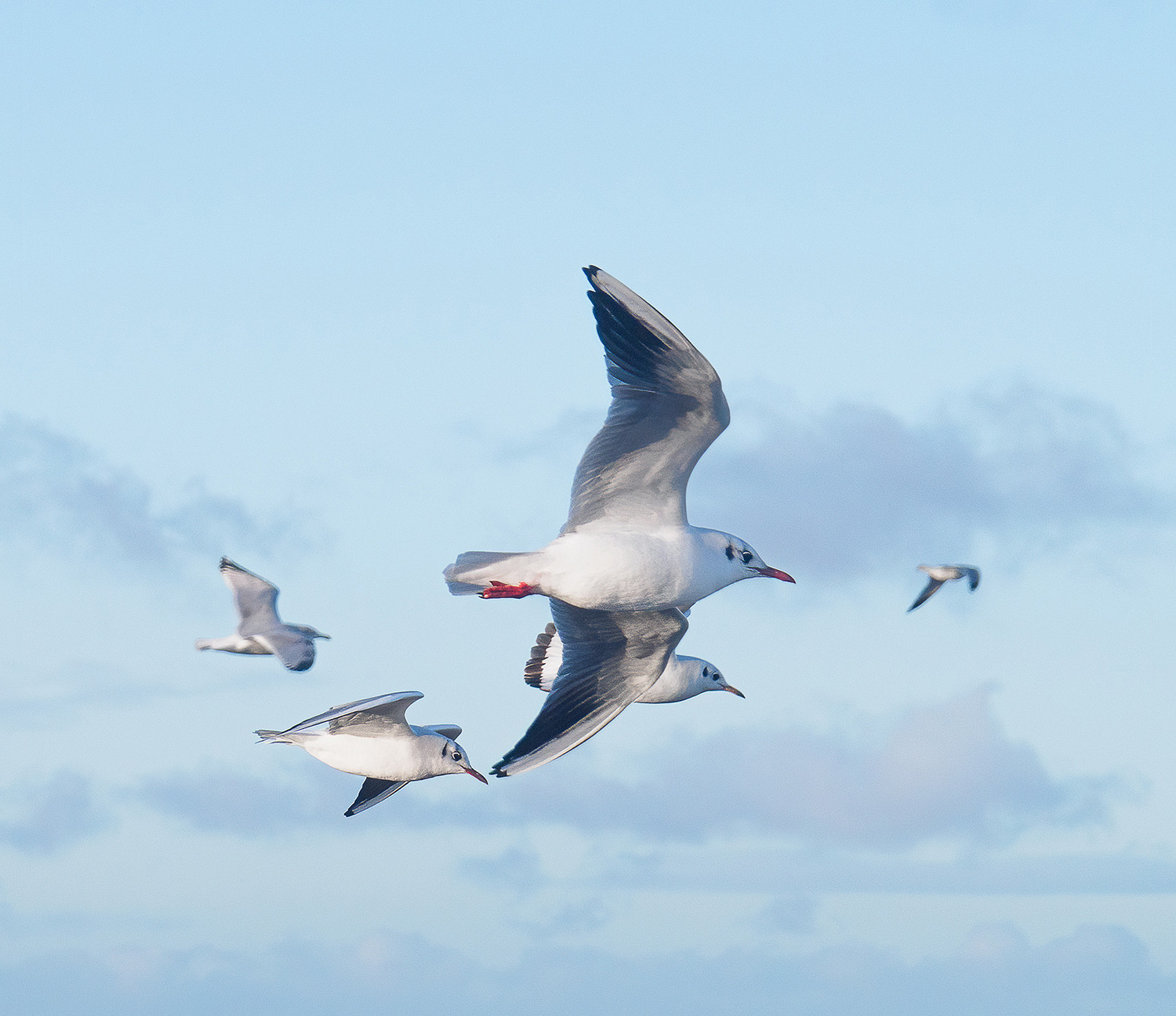
Besides all the numbers, the design philosophy of the camera system was something I could identify into. The more I was reading about it, the more I was getting enthusiastic. It came to a point when I knew it; I had found an instrument to chase my concept of winter and wilderness.
As a first camera, I bought an E-M5 MarkII because I loved the idea of a compact but professional camera without breaking the bank. As a total beginner with no experience, I thought it was going to be enough as a first camera. I matched the body with the M.Zuiko 14-150mm f4.0-5.6 II, which is a combo that provides full weather sealing.
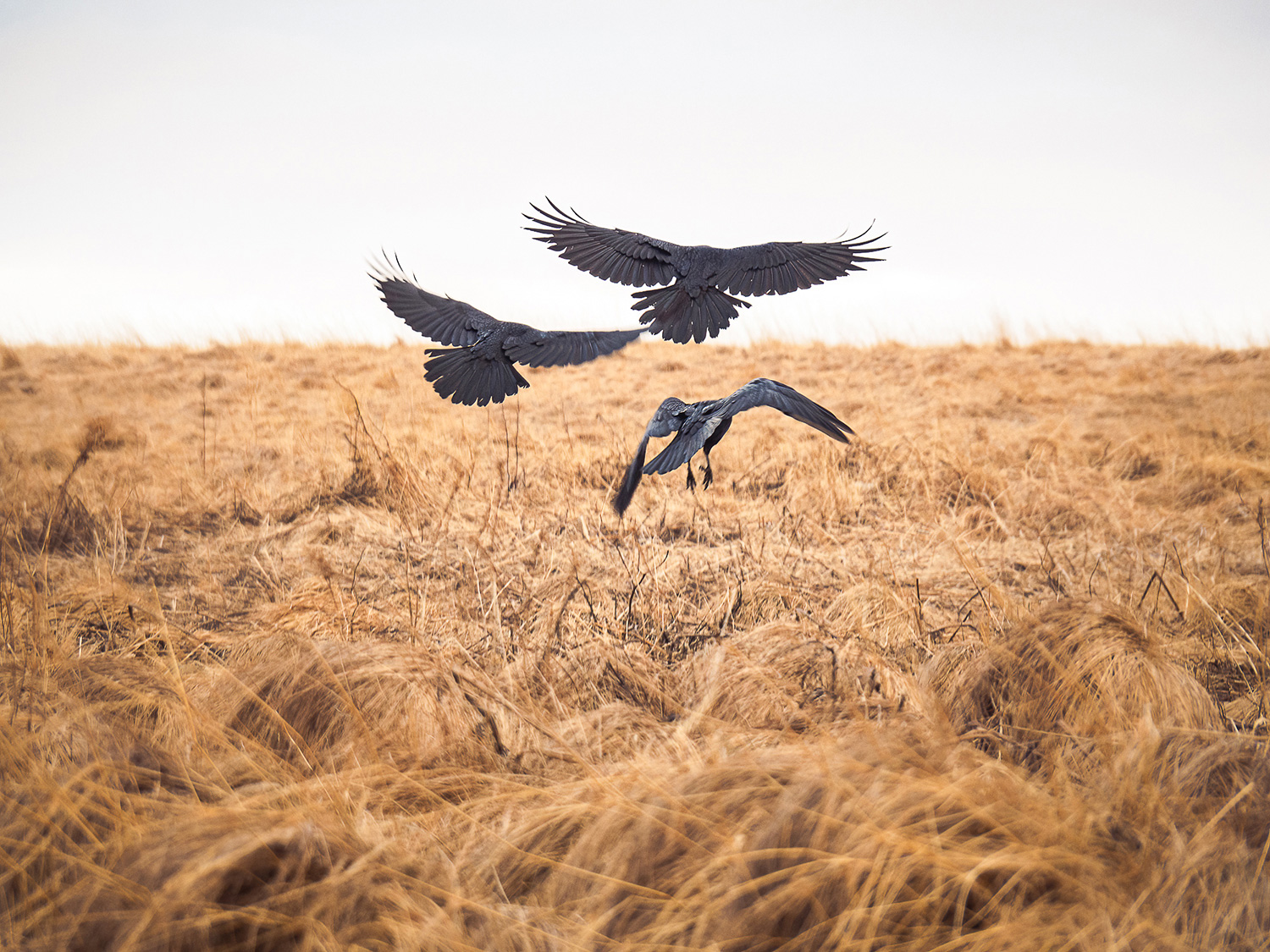
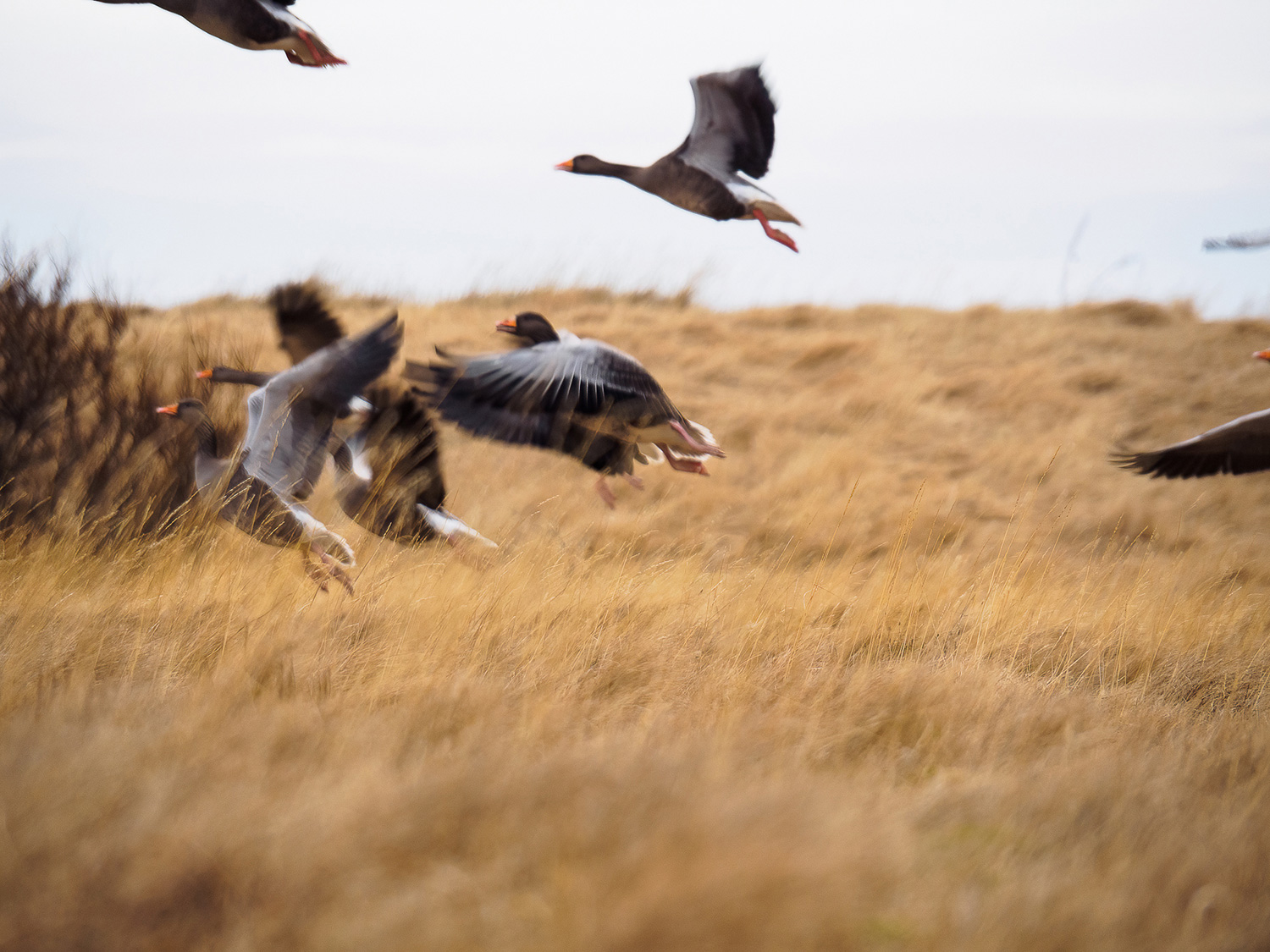
RIGHT: Olympus E-M5 MK II . Olympus M.Zuiko 14-150mmF4.0-5.6 @150mm . F/5.6 . 1/320” . ISO 800
Because of the weatherproofing and the metal construction, it gave me the confidence to take the camera into the Icelandic wilderness in deep winter, without having to worry about unpredictable weather conditions. The lens is great for versatility when you are exploring and cannot predict in what situations you are going to find yourself into.
I called it “serendipitous sharpness”; the lens responds to a higher number of unknown situations that the photographer cannot foresee. It’s ready for the unexpected, which is valuable during road trips or long hikes in the unpredictable Icelandic landscape. It was a great combo to start with because I could experiment with a range of focal lengths and find the visual language I needed for my concept.

The lens can deliver impressive image quality once you overcome its limitations by learning the fundamentals of what makes good photography. It seemed like Olympus had designed the limitations intentionally to help you assimilate the fundamentals. I quickly learned that a good shot is made of a choreography of many factors, some of which go beyond the camera settings or the lens resolving power.
In the attempt to get the most out of my gear, I began to observe the passage of time during the day; the change in light, the position of the sun around me, the evolution of the season. Facts of life that have always been present, but somehow I had forgotten to pay attention to. I realized that something simple and profound was happening.
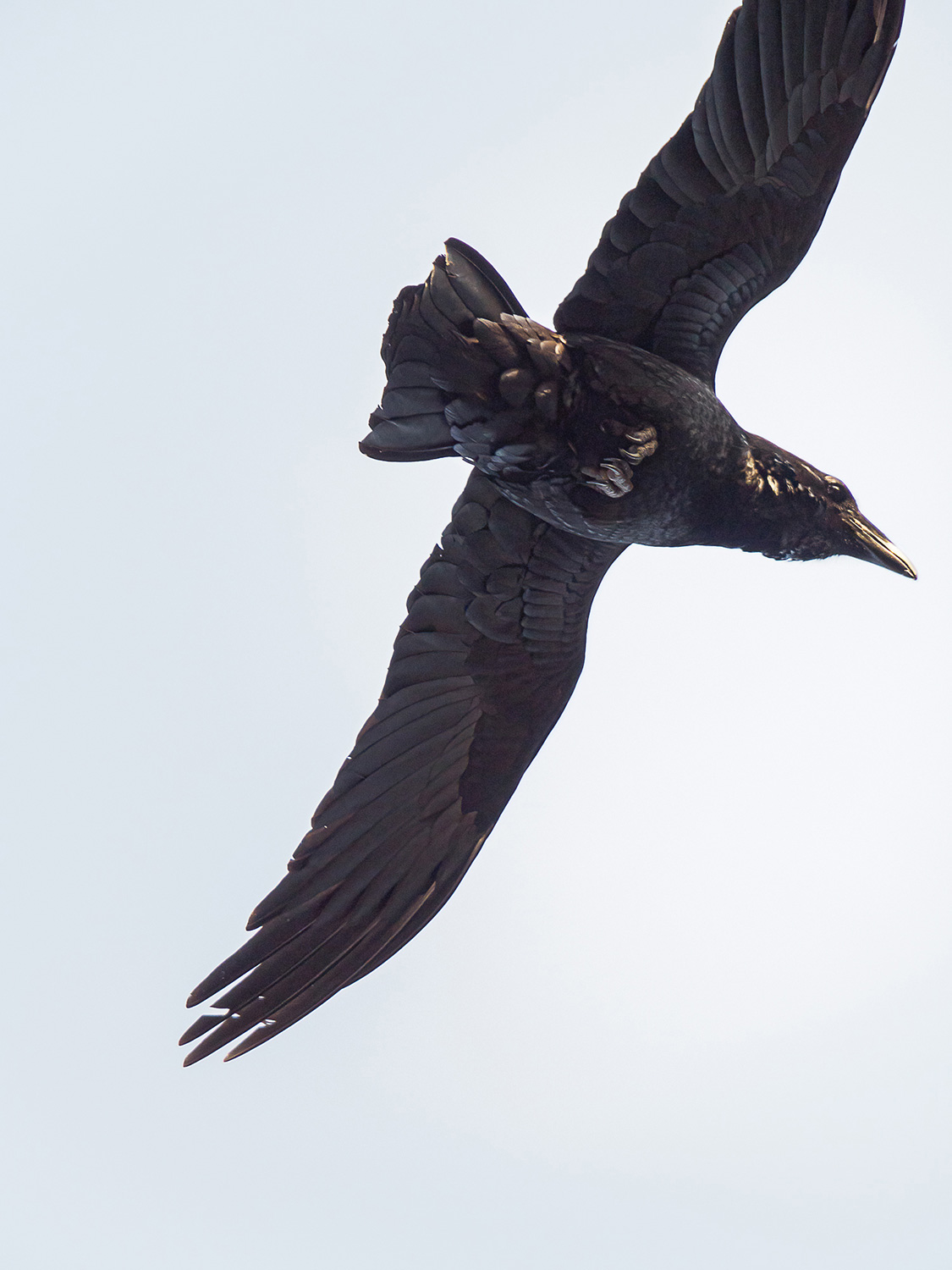
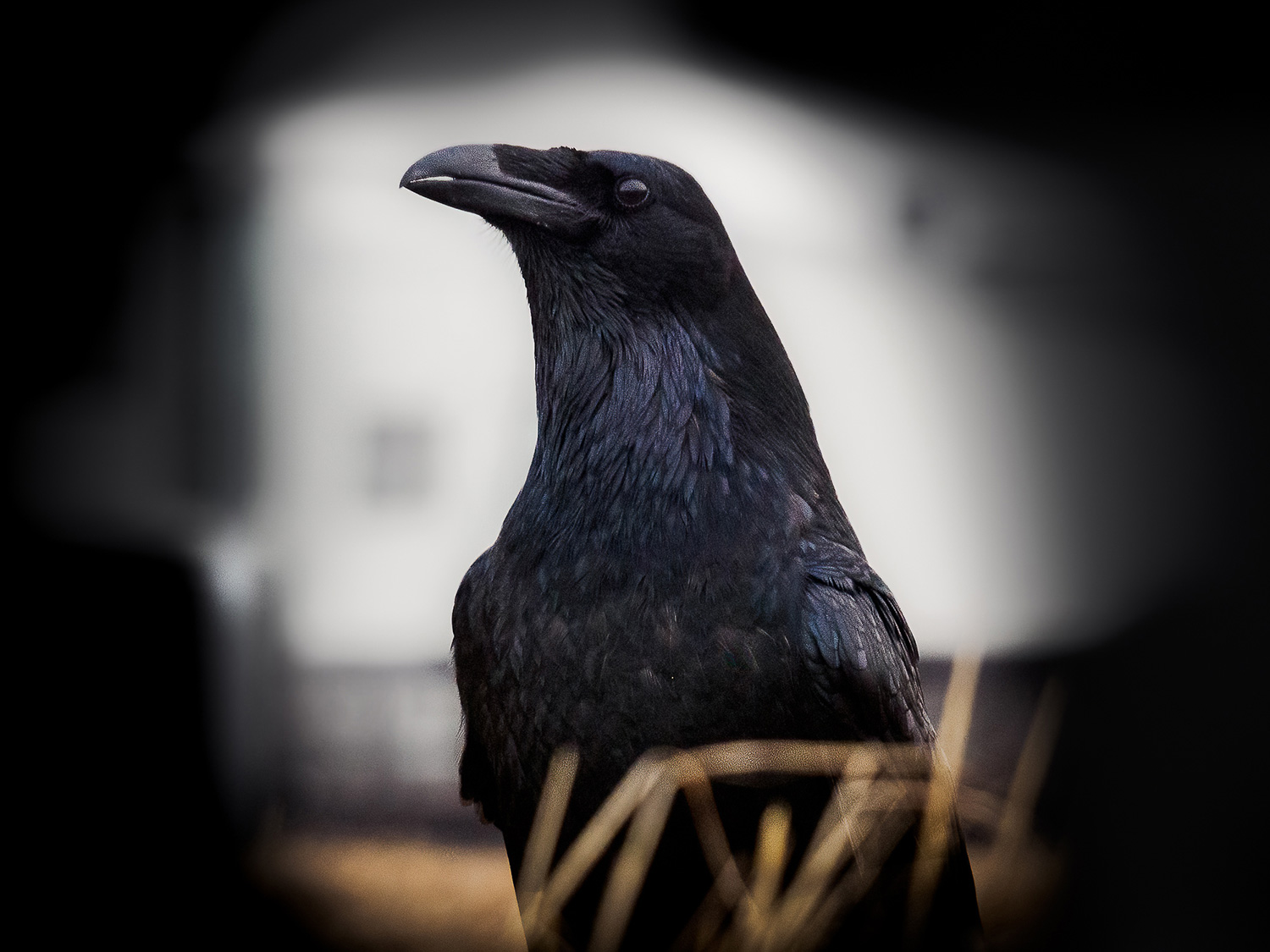
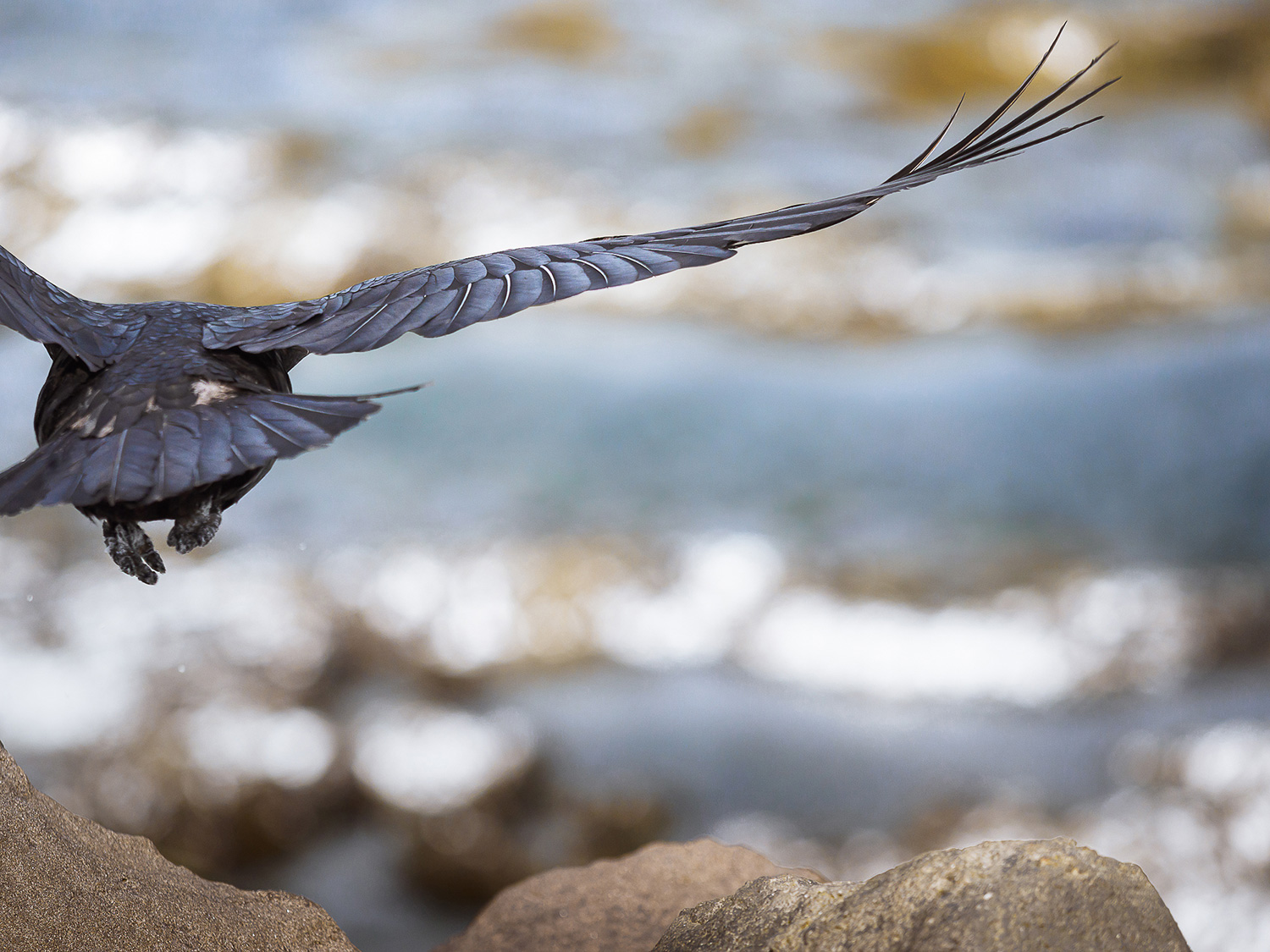
RIGHT: Olympus E-M1X . Olympus M.Zuiko 40-150mmF2.8 @150mm . F/3.2 . 1/2500” . ISO 320
The drive to get the most out of my camera and achieve the shot I wanted, was bringing me back to the world around me in new and unexpected ways somehow more authentic. I began to reconnect to the environment and the perennial movement of life all around, and it was all becoming part of my photography practice little by little. At the same time, the pandemic and the uncertainties about the future were slowly fading a little more into the background.
I started to observe animal behavior, mostly birds because they are the most common wildlife in Iceland. I discovered that I liked to photograph things that move. I spent hours looking at ravens by the seashore, their ways of wrestling the winds while scanning below in search of food. Sometimes they were battling with one another, other times alone performing a solitary speech.
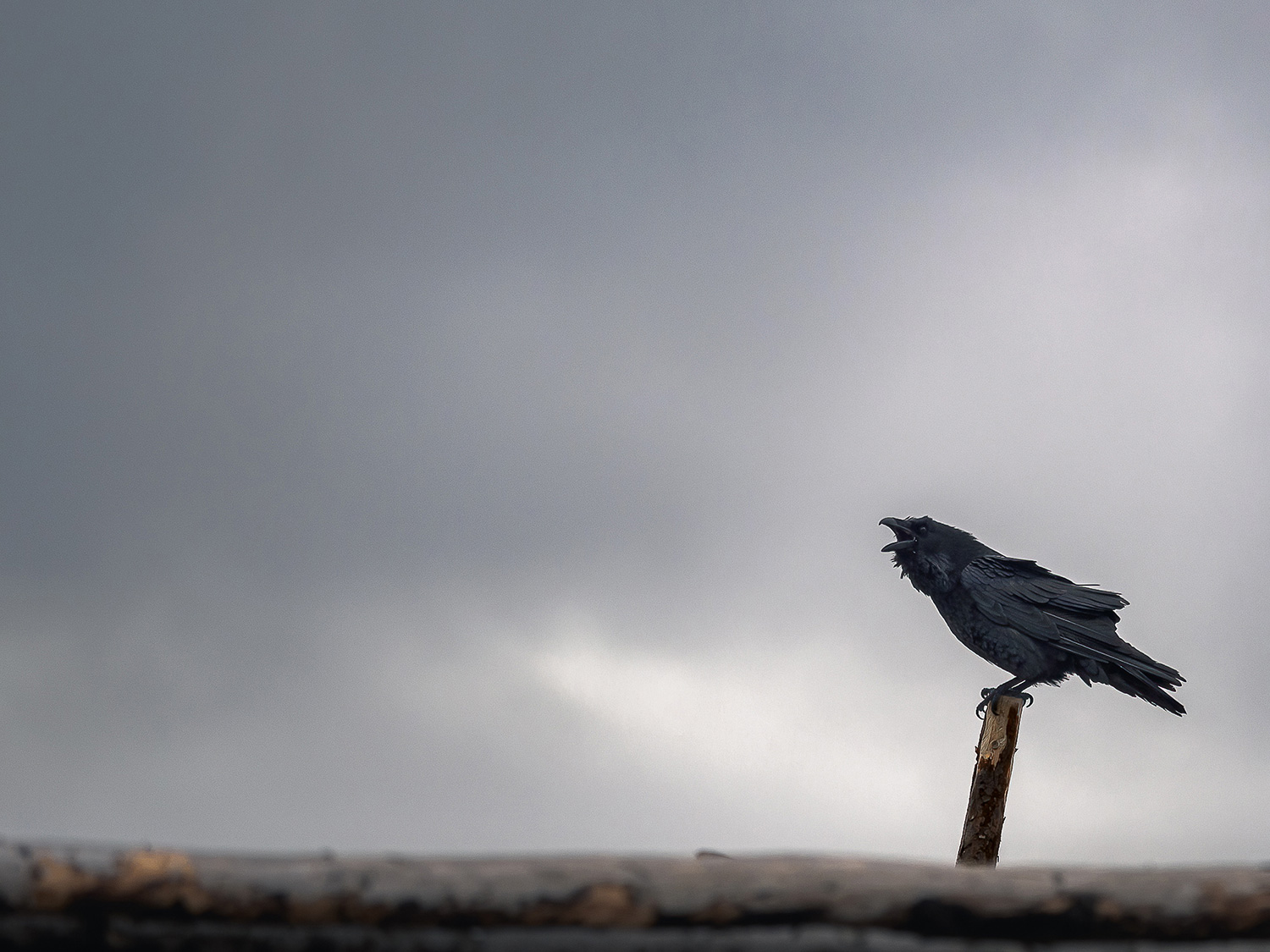
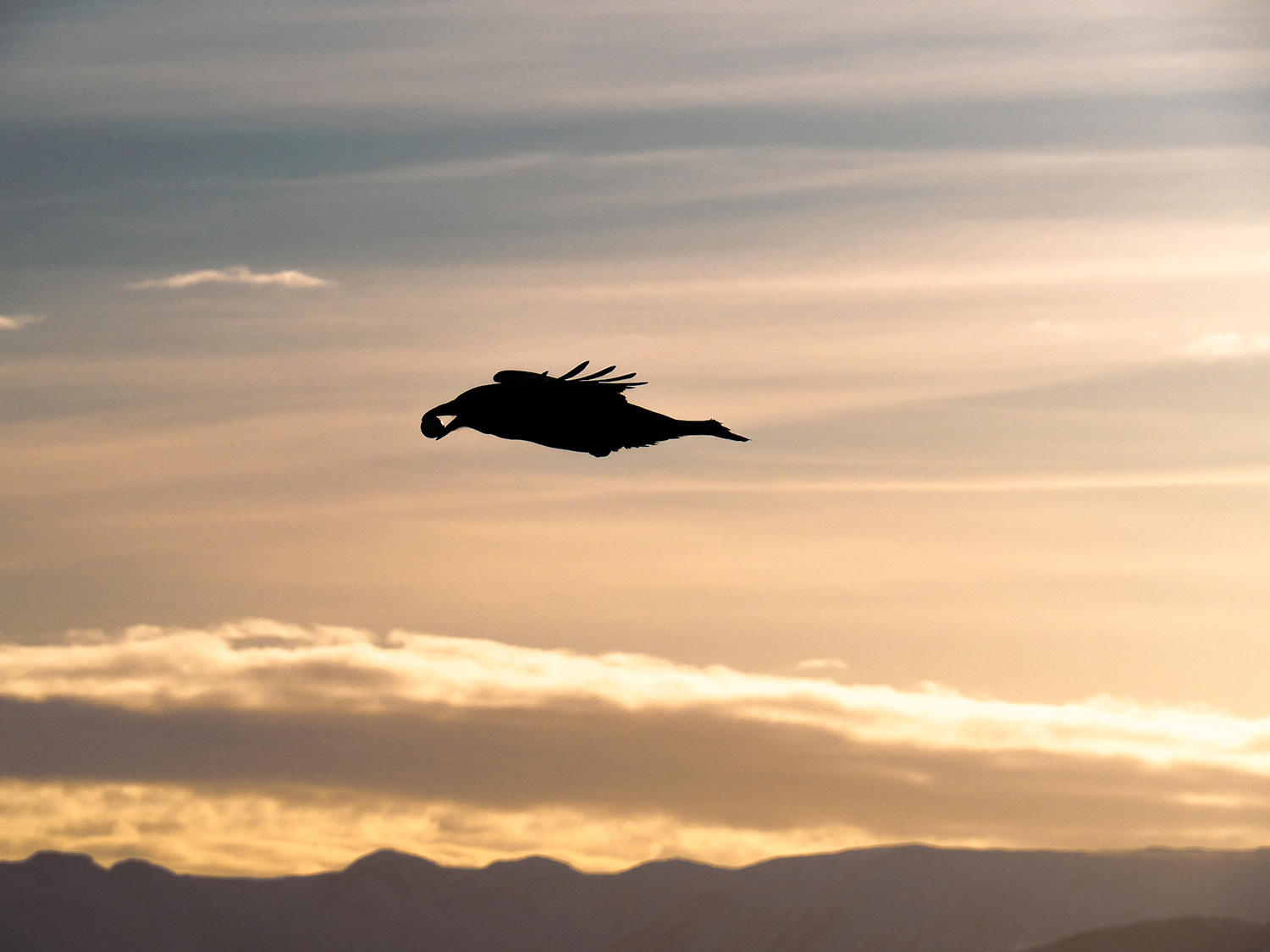

RIGHT: Olympus E-M5 MK II . Olympus M.Zuiko 14-150mmF4.0-5.6 @90mm . F/8 . 1/320” . ISO 200
I started to become fascinated by taking photos of birds in flight. I liked the challenge, although I quickly learned how my gear was limited for the task. However the more I was practicing, the more I was learning what makes great wildlife photography and what I needed for it. For my concept, I wanted to capture animal close-ups in different poses that looked archetypal, almost as if legendary figures.
My lens had a good amount of focal length but not enough for the subject, and the aperture wasn’t too bright either for the dark Icelandic winter. But I didn’t give up, and I started to work around the limitations of my gear by observing how the animals changed behavior during the day in relation to light and atmospherics. I started to practice consistently every day and becoming better at composing and exposing quickly, almost instinctively, in order to capture the few opportunities you have with animals.
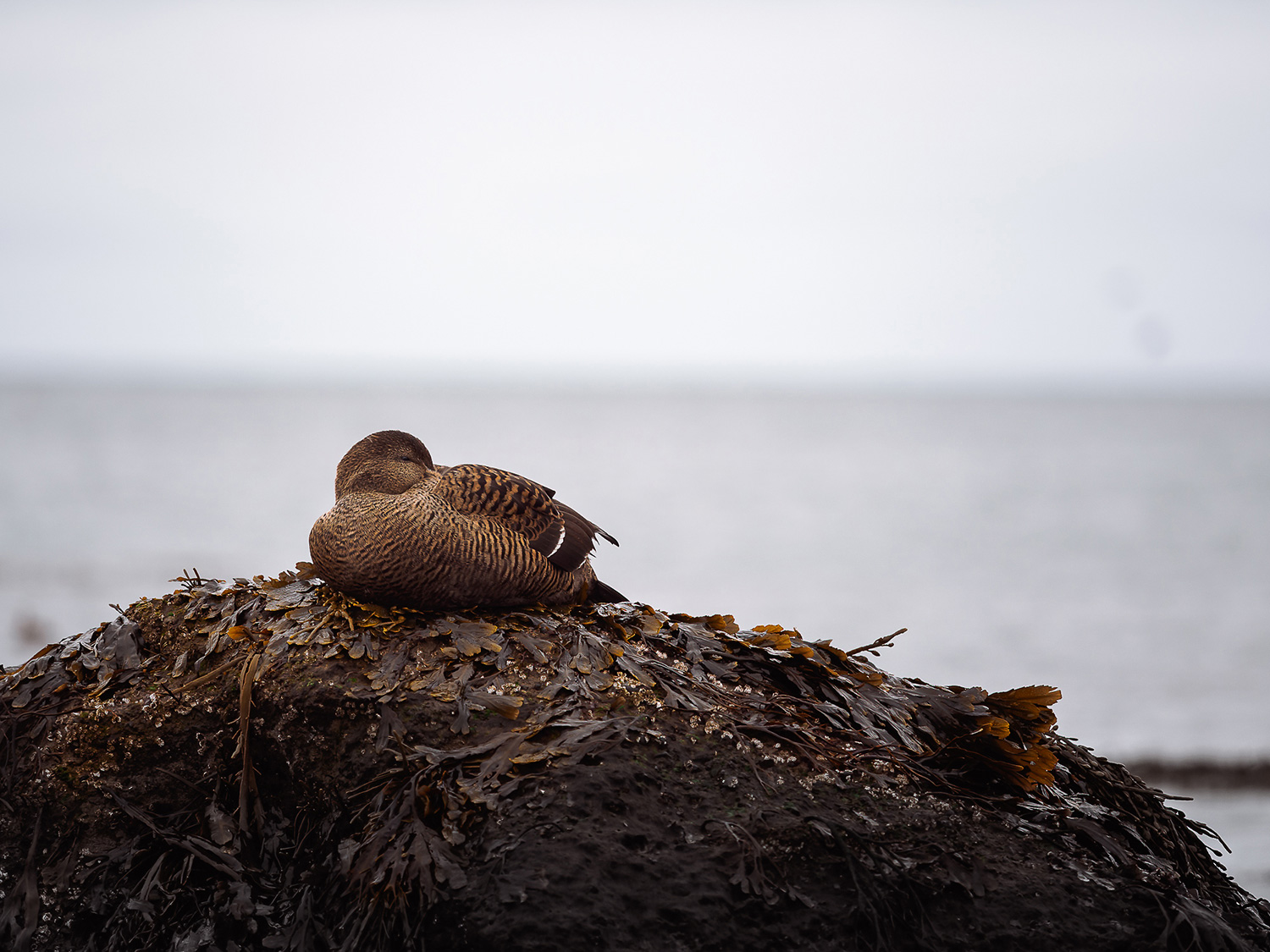
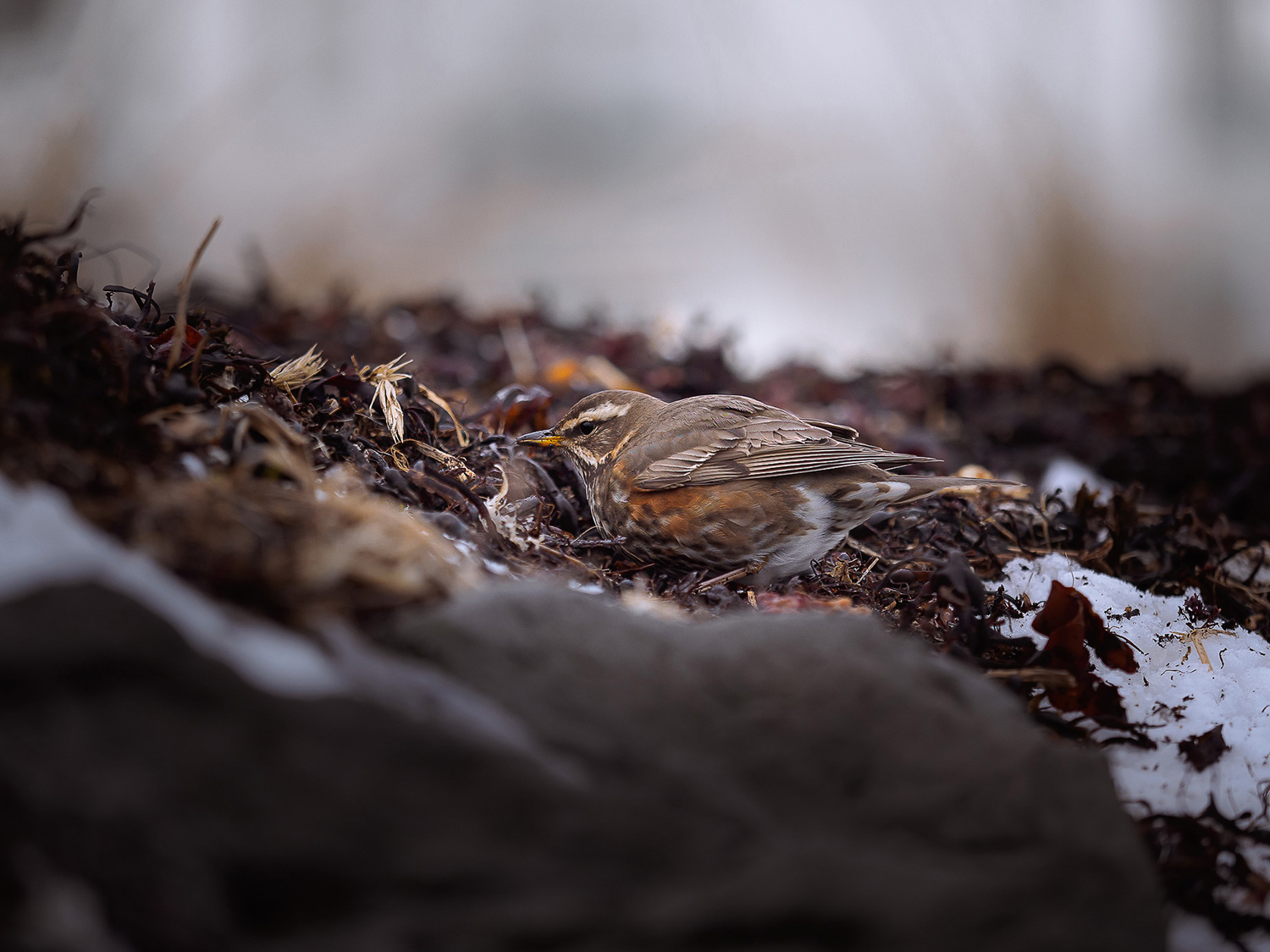
I learned the importance to stay always at eye level with the subject because the shot is not about us looking at the animal but the animal looking at us. My intent to photograph was progressively expanding beyond the camera settings and the exposure triangle and slowly was including the world around me; the light, the winds, my position relative to the sun, the moment as a whole.
To compensate for the lack of focal length, I went to photograph birds in flight during winter storms. Under the heavy winds, the birds were forced to fly slower, and their trajectory was easier to anticipate. With a bit of luck and a thicker jacket, I could get very close to them and compensate for the lack of focal length. Good weather sealing was essential.
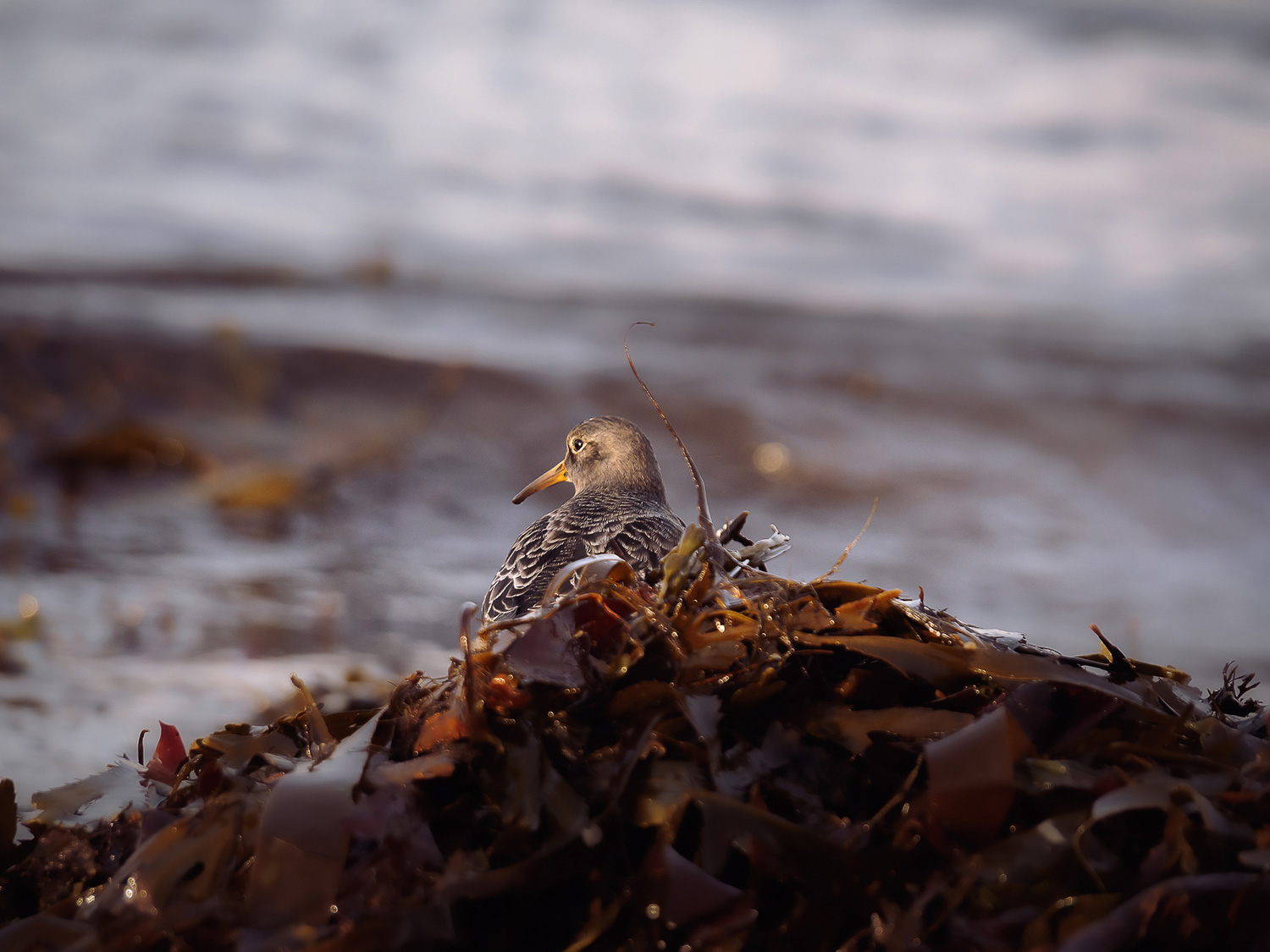
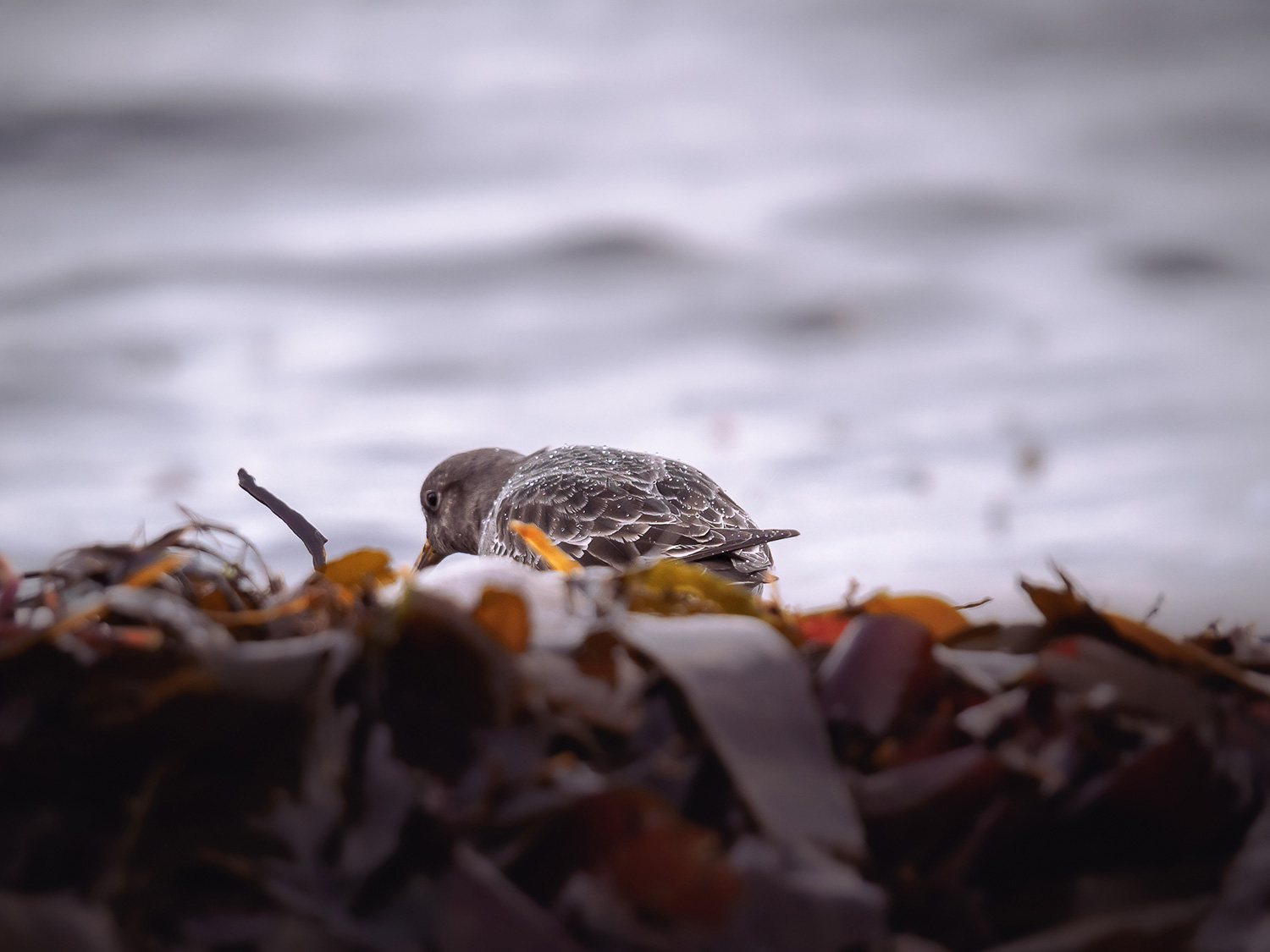
RIGHT: Olympus E-M5 MK II . Olympus M.Zuiko 14-150mmF4.0-5.6 @150mm . F/5.6 . 1/400” . ISO 1250
I was getting soaked in rain and seasprays from the nearby ocean. The wind was so strong to shake my entire body, sometimes so much to compromise balance. The Olympus superior image stabilization helped a lot in situations when it was hard even to stand still.
My initial attempt at wildlife photography pushed me to dive into the camera settings and learn every function inside out. The customization of the camera buttons was a game-changer. By using the Olympus custom profiles, I could redesign the functions of the camera modes to expose and compose the shot on the spot.
I wanted to do that without moving my eyes away from the viewfinder because I wanted to stay focused on the subject at all times. I redesigned the camera functions around my creative vision, and the photography style I was going for and I made a collection of custom profiles for landscapes, fast-moving and stationary subjects. It was a process of progressive refinement of the custom settings and it was beautifully informed by the wild animals, their behavior and the peculiarities of the winter season in Iceland.
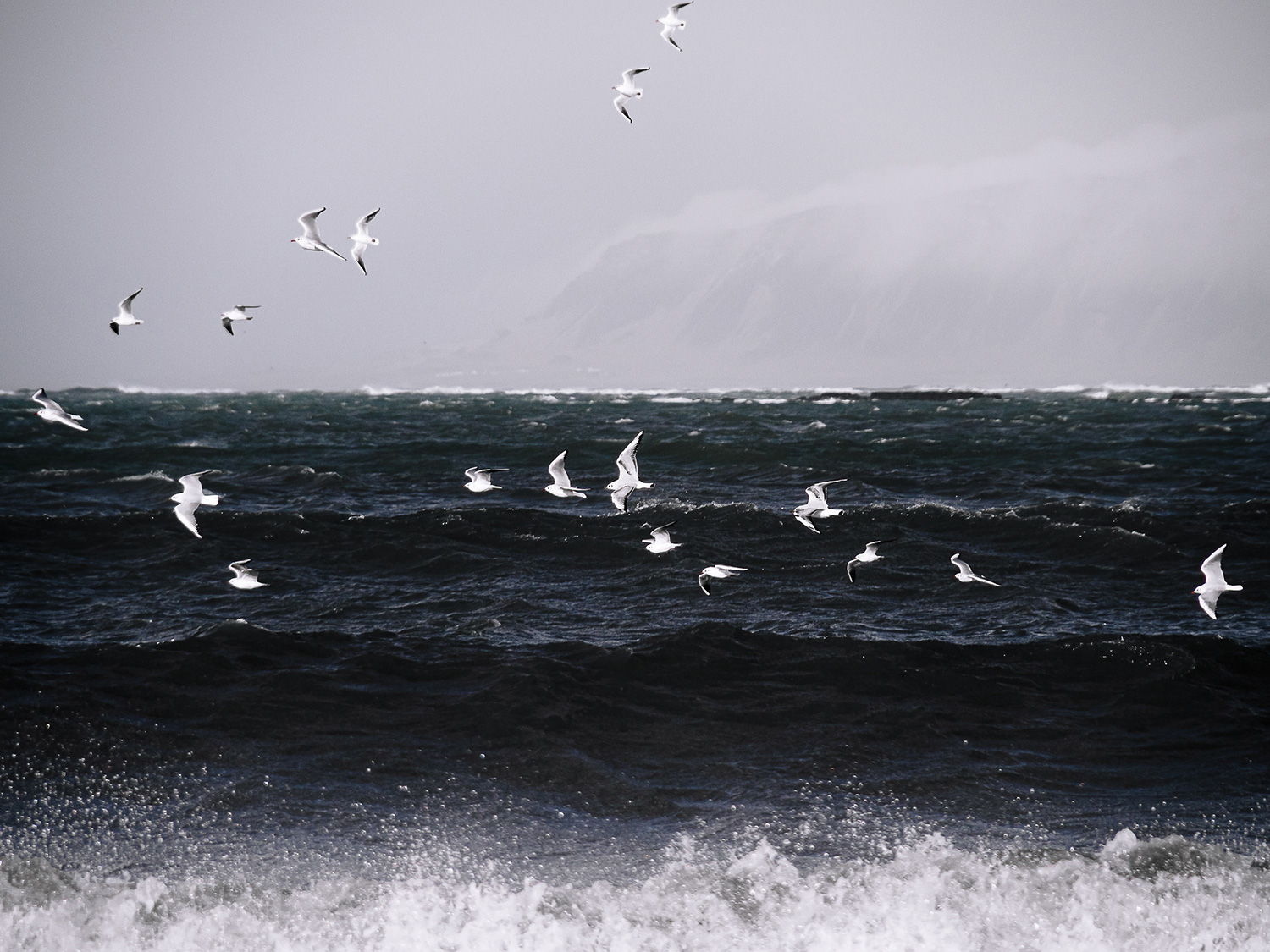
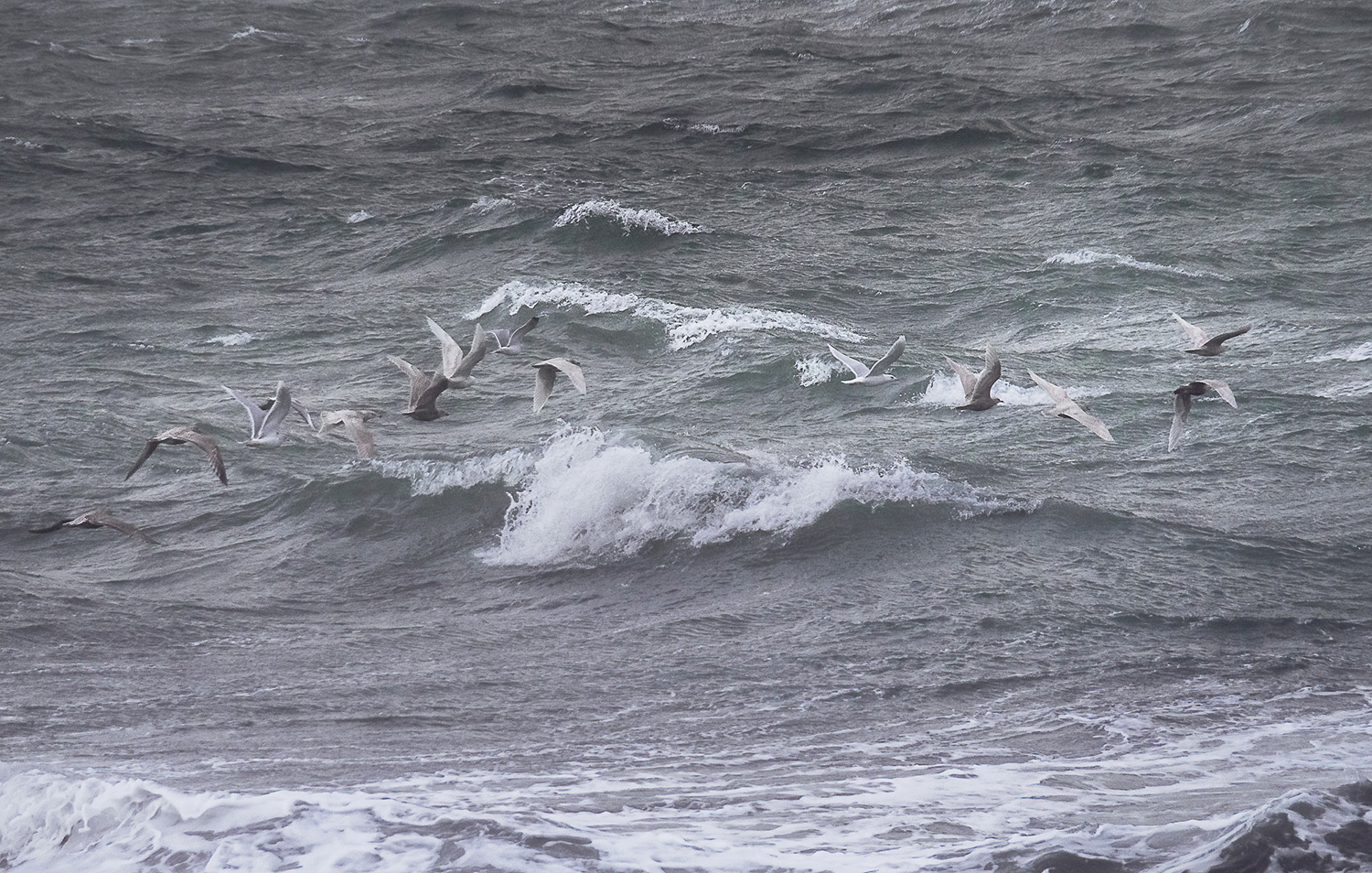
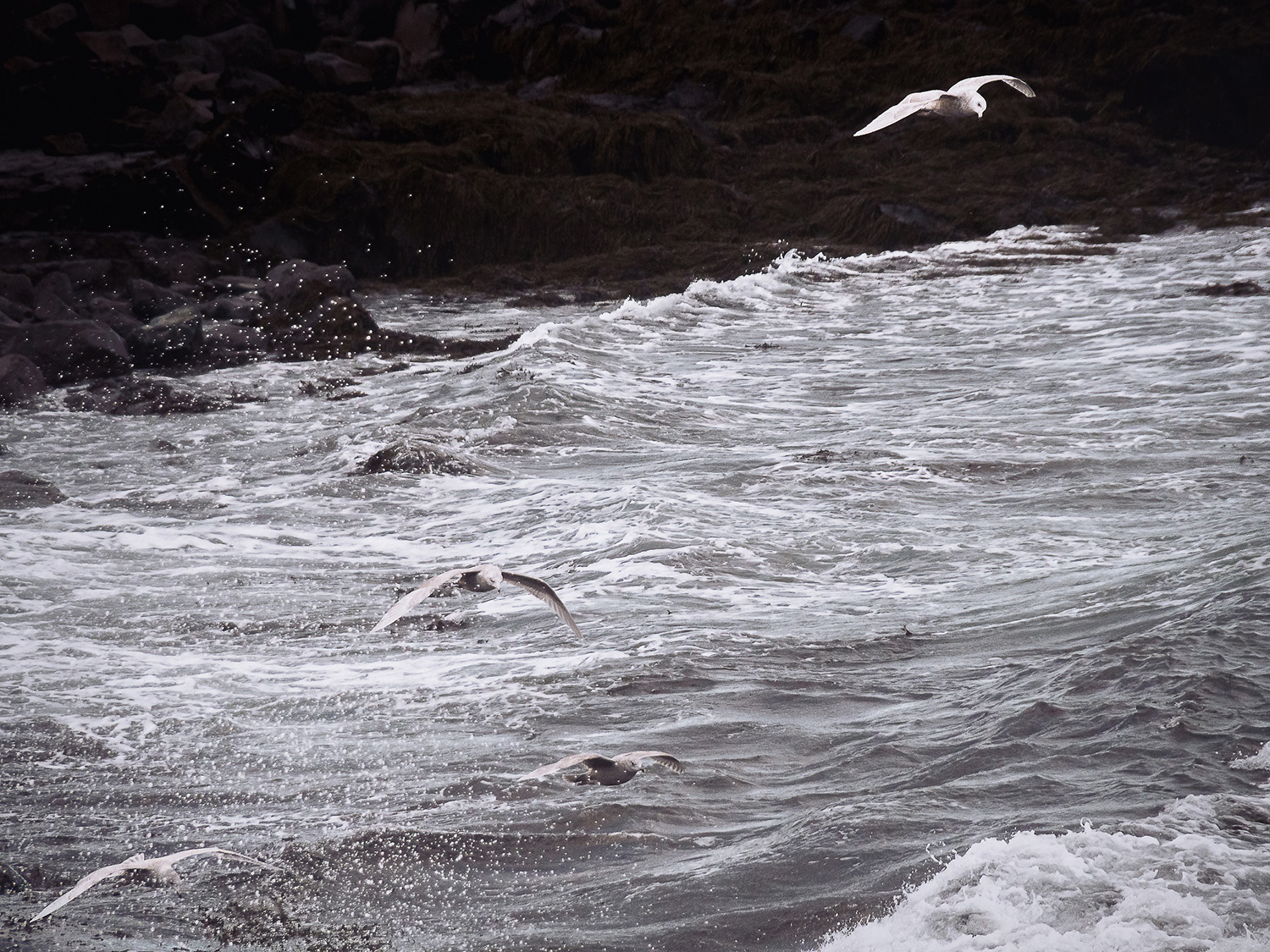
RIGHT: Olympus E-M5 MK II . Olympus M.Zuiko 14-150mmF4.0-5.6 @150mm . F/5.6 . 1/1600” . ISO 2000
At this point, I had learned my camera and a few basics of photography and practiced almost every day. My photography was forged under the merciless winter conditions and the cunning of elusive black ravens. I knew a good amount of composition and how to expose properly. I had sharpened my senses and learned how to partially anticipate when something notable was about to happen. I had reconnected to the passage of time and the change in light and conditions. I had trained my hand grip and studied proper camera handling to gain stability and sharpness. At this point was the moment when the unexpected happened.
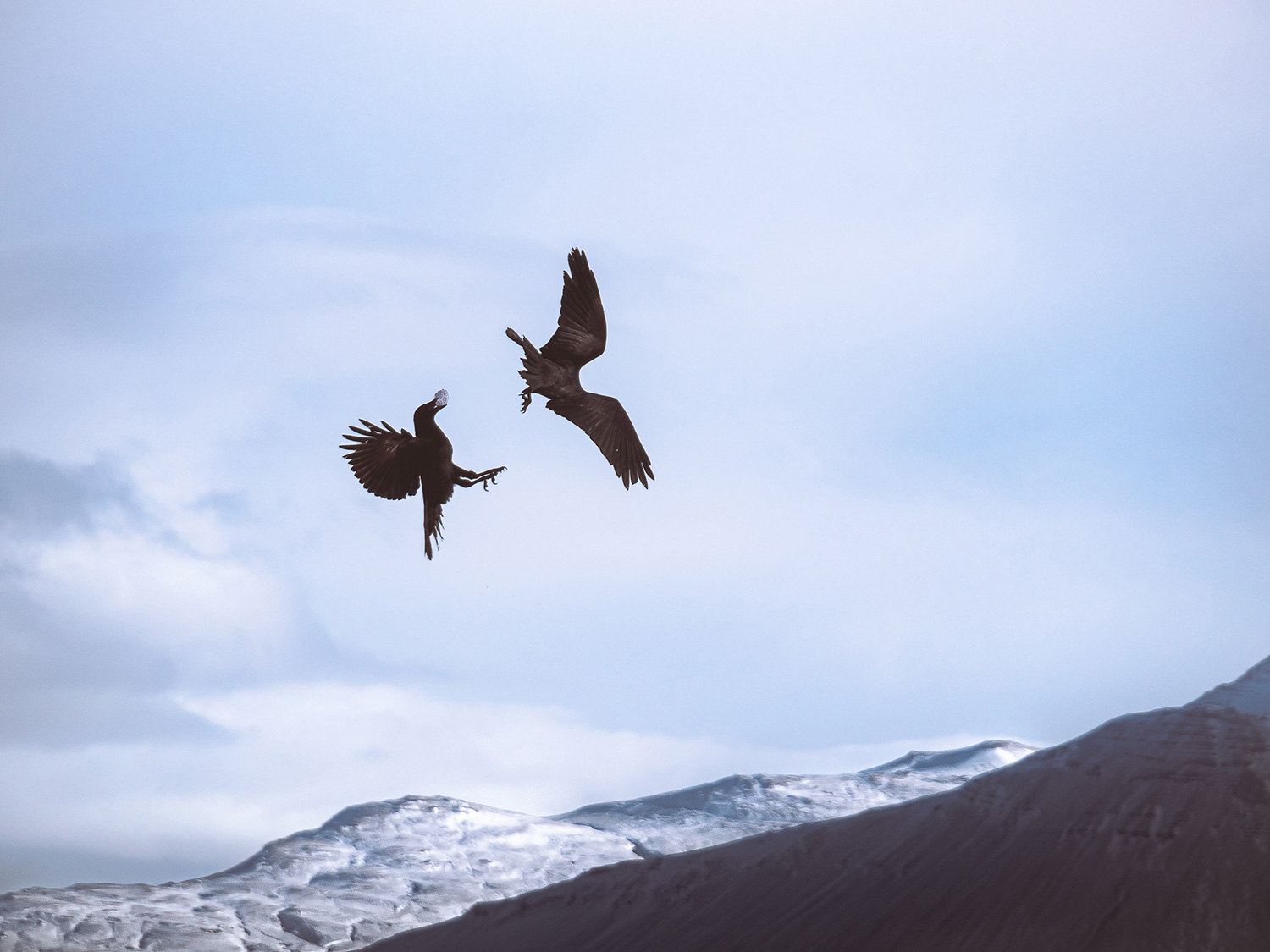
On the 19 of March 2021, a volcanic eruption began in Iceland. In just one night only, the valley of Geldingadalir changed forever. A fissure opened up at night, and the darker winter sky became crimson red of ancient shades. It was the chance of a lifetime. With a group of friends, we ventured the night after, looking for the volcano. I grabbed the camera instinctively, having no idea how to photograph an eruption.
All I had in me at that point was wild birds and winter. We walked through the darkness of the long frosty night, looking for hints that could mark the way. Red clouds down the horizon were the only testament of where to go. Somewhere behind the pitch-black outline of the mountains all around, laid the volcano we were looking for. All around was immovable silence, but I could almost feel the presence of the rumbling crater somewhere over there, in the dark.
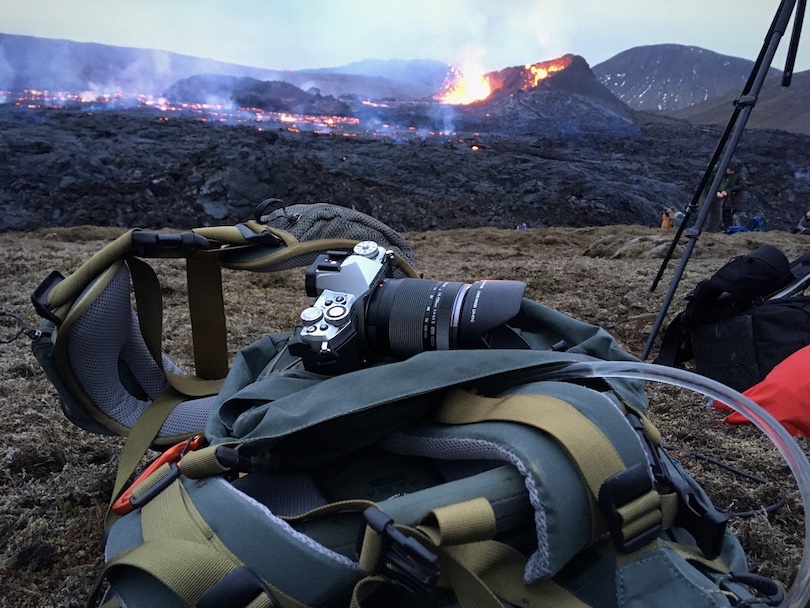
It was a long way into nowhere, always unsure whether we were heading any closer. The mist was coming down to cover the peaks, thicker and thicker. We were feeling uneasy. It was wet and cold and dark. Until we climbed the misty hill one silent step after another, and almost like fellows in search of a forgotten city, we marveled at a fantasy that suddenly became true.
Once at the top, something slowly appeared in front of our eyes and began unfolding; an event much larger than anything ever experienced, in any possible sense. Through the gray viscous mist that pervaded everything, glooming lights were splashing and circling in front of us like specters of dragon flames. Gigantic forms with the sound of the deepest matter, exploding and scorching.
The volcano, alive and loud, emerging from the mist of larger cycles of time, like an ancient god of a forever lost civilization. I was stocked and scared at once. In front of that presence, I couldn’t take any photos just yet. I had to sit down and watch in silence.
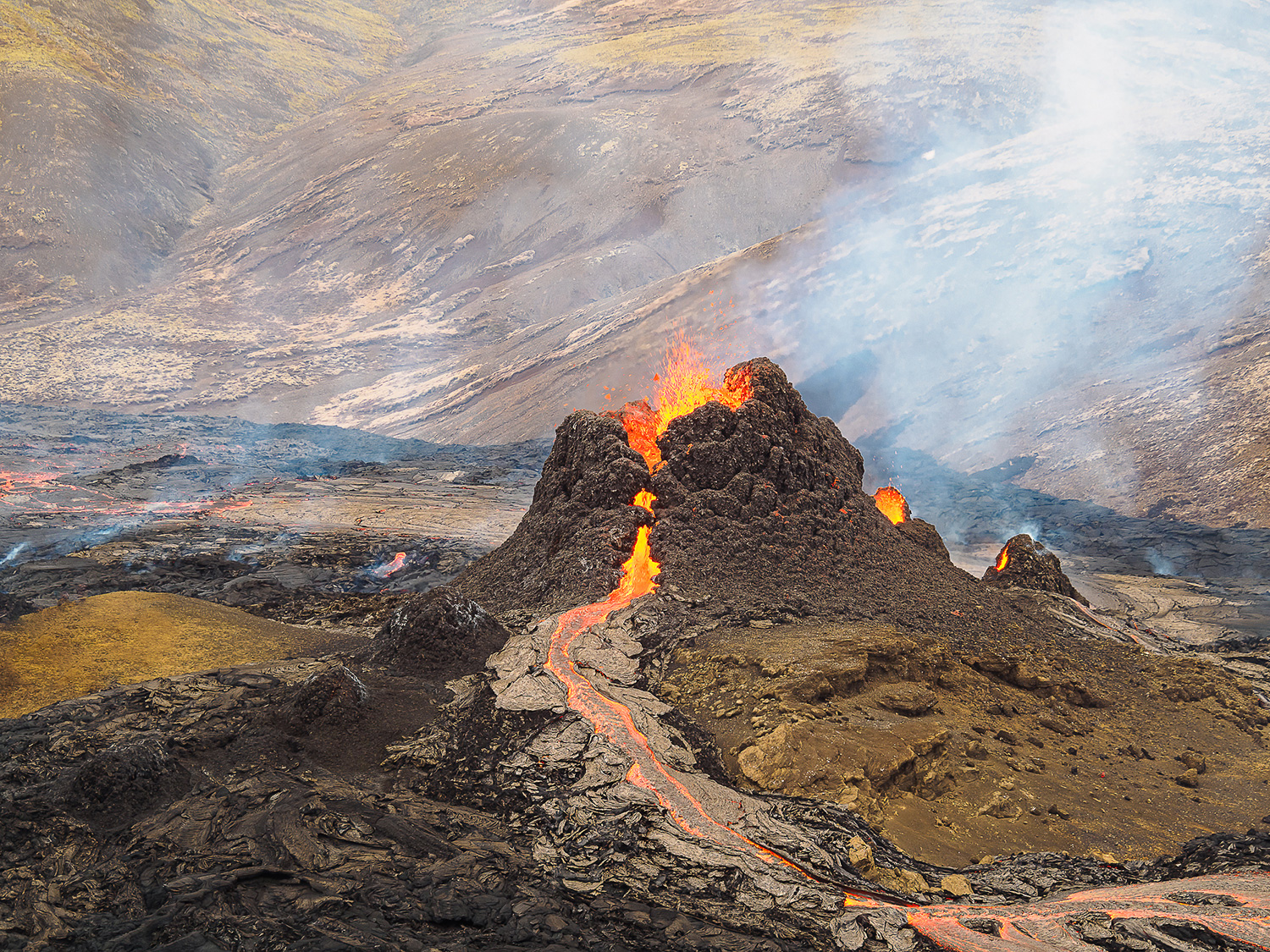
Slowly it came back to me what I had learned during the winter by photographing wildlife. Instinctively I began to take pictures of the eruption as if it was a gigantic creature, alive and breathing. I paid attention to verticality and to get at eye level with the many forms and shapes of the flowing magma. I spent a long time taking pictures and looking at the scenery through the viewfinder of my camera.
For quite some time, it felt like it was only me and the volcano. When I looked away from the viewfinder, after what felt like a long time, I realized that more people were slowly coming to the site. Everybody diligently focused on their gears resting on tall professional tripods. I was the only one shooting handheld, sometimes crouched or laid on the ground or seated on a rock.
I was moving around all the time, always searching for a new angle, always chasing the ever-changing shapes of the glowing magma. I was moving with the volcano. My camera didn’t stall for a second, despite the mist and volcanic ashes. My excitement didn’t fade away either. Anywhere I was pointing the lens was potentially a good shot. I didn’t even think of checking if the camera was fine.
All my attention was devoted to the thing happening in front of me. I stopped taking photos only after exhausting three batteries and filling up the memory card to its fullest, many hours after our arrival.
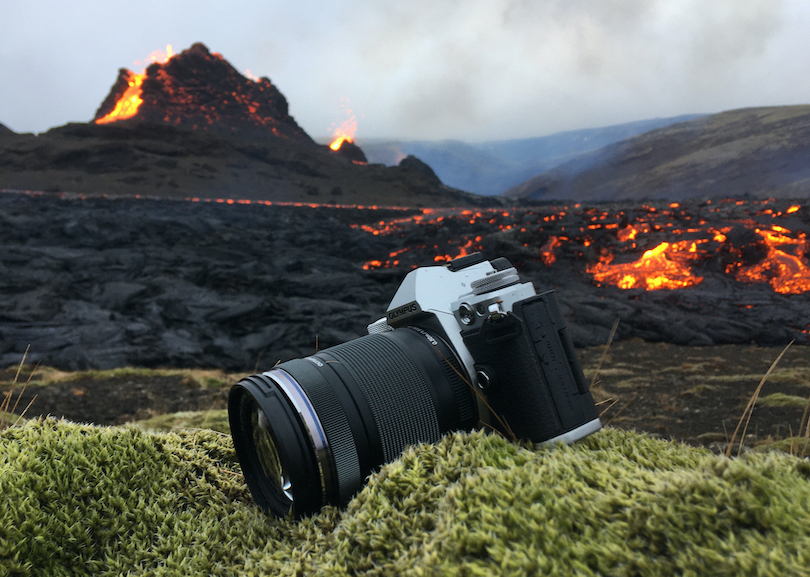
Later in the day, we left the volcano to walk back home. Walking away from the site I was thinking of the great privilege we had to stand in front of the eruption. Immensely vulnerable as humans, but granted the permission to approach so closely.
At that point, my E-M5 MarkII and I had gone through freezing arctic mornings waiting for the sunrise to the deepest fire of Earth’s prime matter; the very essence of the land of Iceland. I thought of the winter birds and the hours of excitement spent chasing ravens by the seashore, trying to get a good shot and improve my skills despite the failures.
I thanked the animals because, whether they intended it or not, they made my photography ready for the day I stood in front of the volcano. Holding the camera in my hands, I felt the weight of its robust metal construction. I thanked Olympus for designing a camera system like that. In just a matter of few months, I went from moving the first steps into photography to taking pictures of wildlife and volcanos in the harsh environmental conditions of Iceland, during the tough winter season.
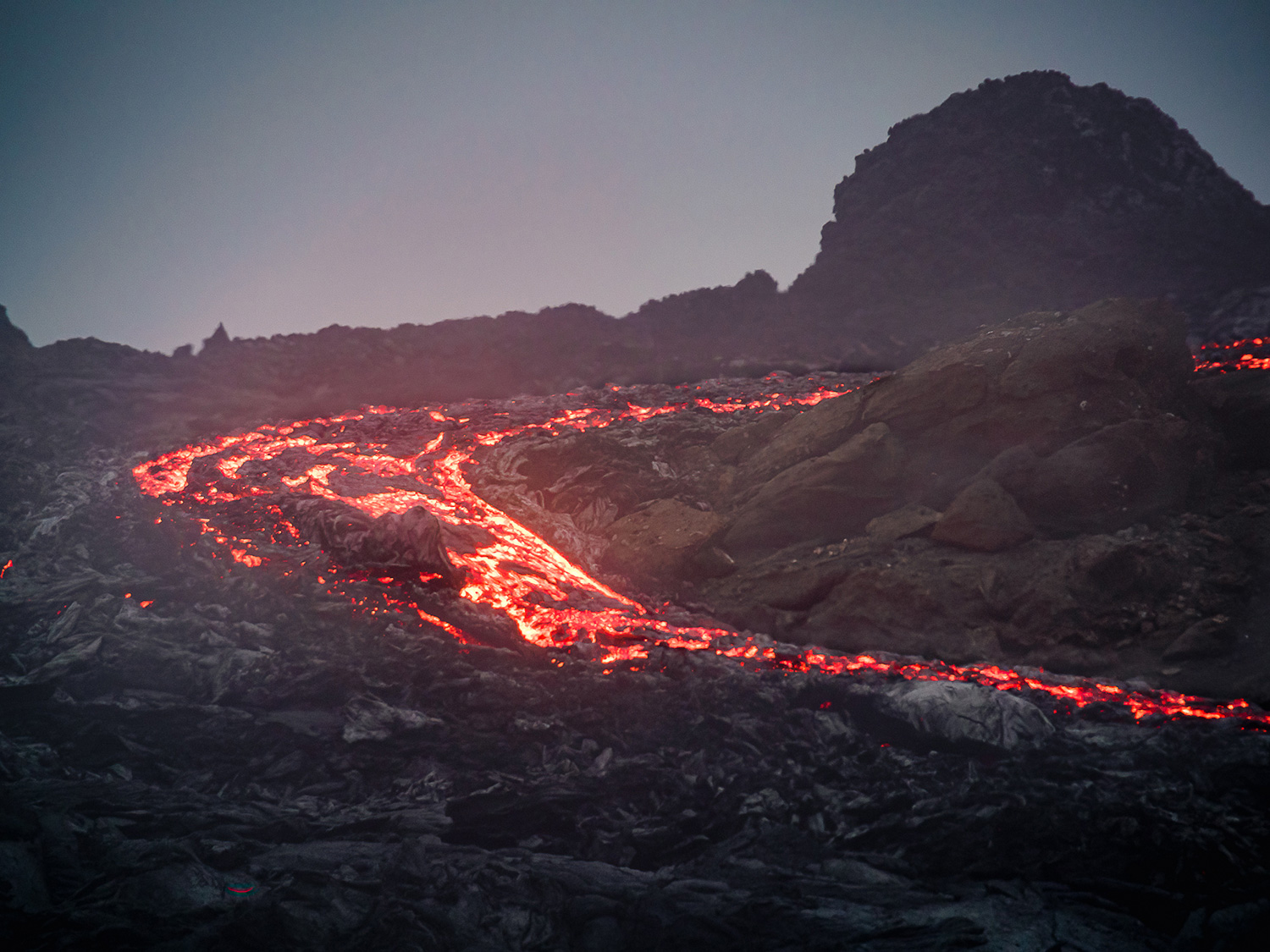
More than a camera system or an electronic device, Olympus is a fine example of Japanese design and craft; the sharpest blade. I realized that my camera was ready for anything that the elements could throw at it. It had made me that way too, by giving me a reason to stay outdoor and chase wild animals to take a good photo of something I had in mind.
After an entire day walking outside, I started to feel exhausted, but we were still a few hours away from the cars. However, I was happy because I could see the thread of events that brought me in front of the volcano. A moment that I knew was going to change me in ways I had yet to understand.
A journey that started by picking up photography as a response to the pandemic and buying my first Olympus. I looked at the camera in my hand, which like me, had stood near the volcano. Its material, untouched by the ashes, was exposed to the glowing heat of the primordial magma. Also, the camera won’t be the same after that, certainly more personal. I thought of winter and the blue golden light of the frosty sunrise, the wind storms and the raging ocean of purple steel.
I thought of the darkest ravens with their monologues of forgotten words, their uncanny ability to read your intentions. I thought of millenarian magma exploding in mid-air in shimmering gold. I would have never been there without photography. I would have never been here, on these pages, without my Olympus.
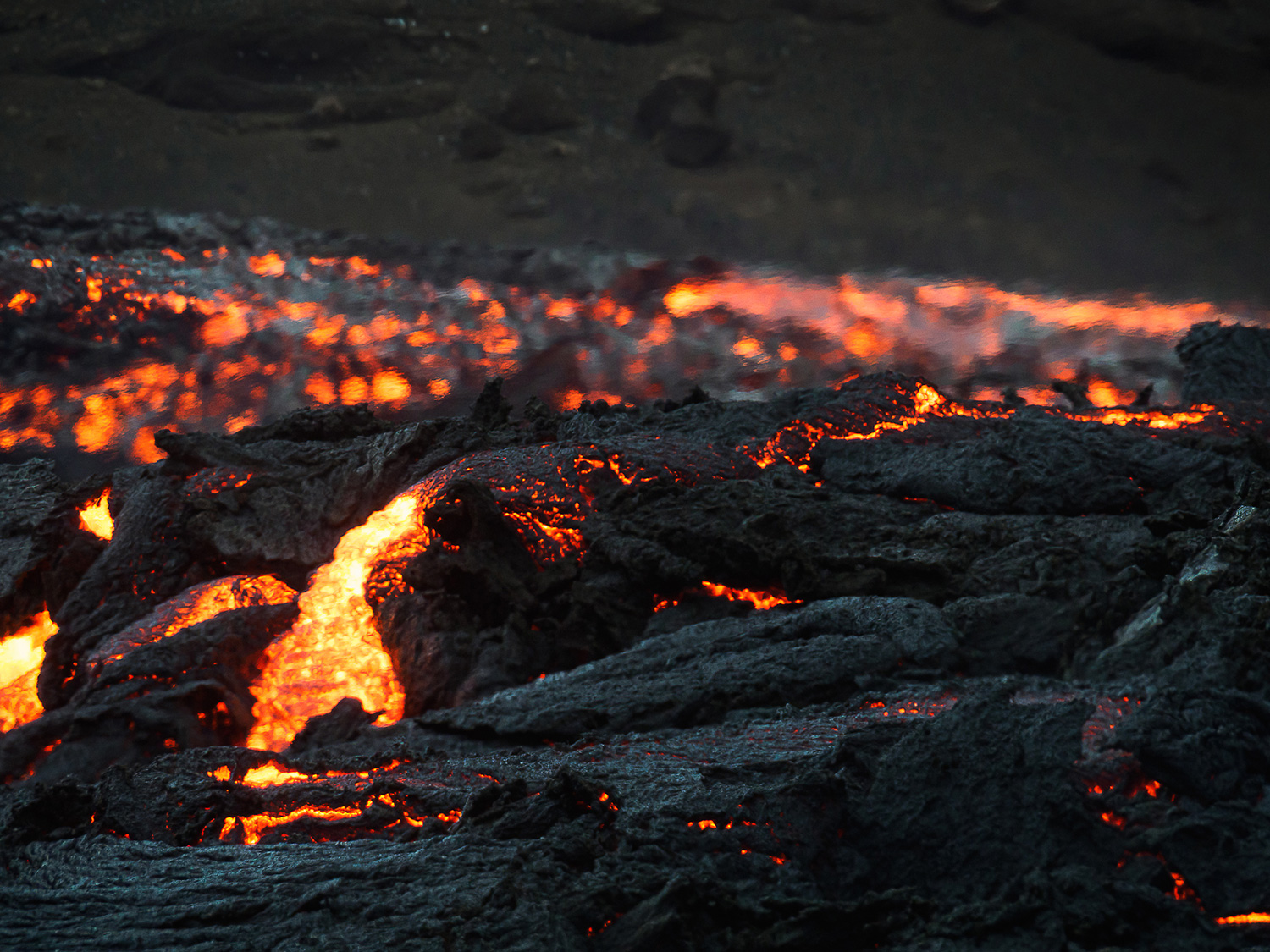
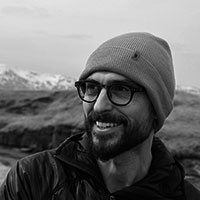
Claudio Pedica, from Italy – when he moved to Iceland it was inevitable that his interest in photography would eventually show up. After extensive research he acquired the E-M5 II and, shortly thereafter, a volcanic eruption in Iceland led him to put into practice everything he had learned about photography so far.





David J. Sullivan
February 27, 2022 @ 22:01
Nice work. I got my 14-year-old son Sam a used E-m5 II. I showed him this article to demonstrate that his camera is plenty good enough.